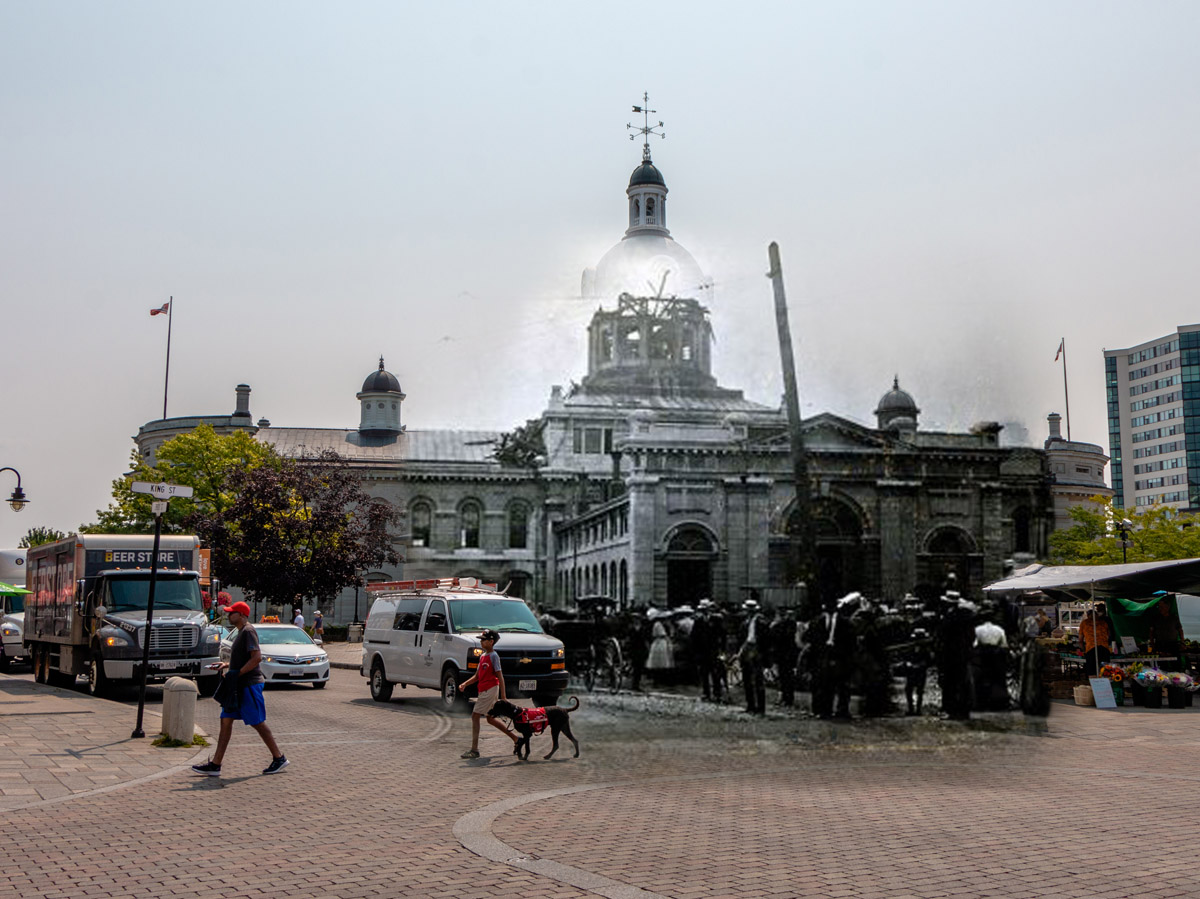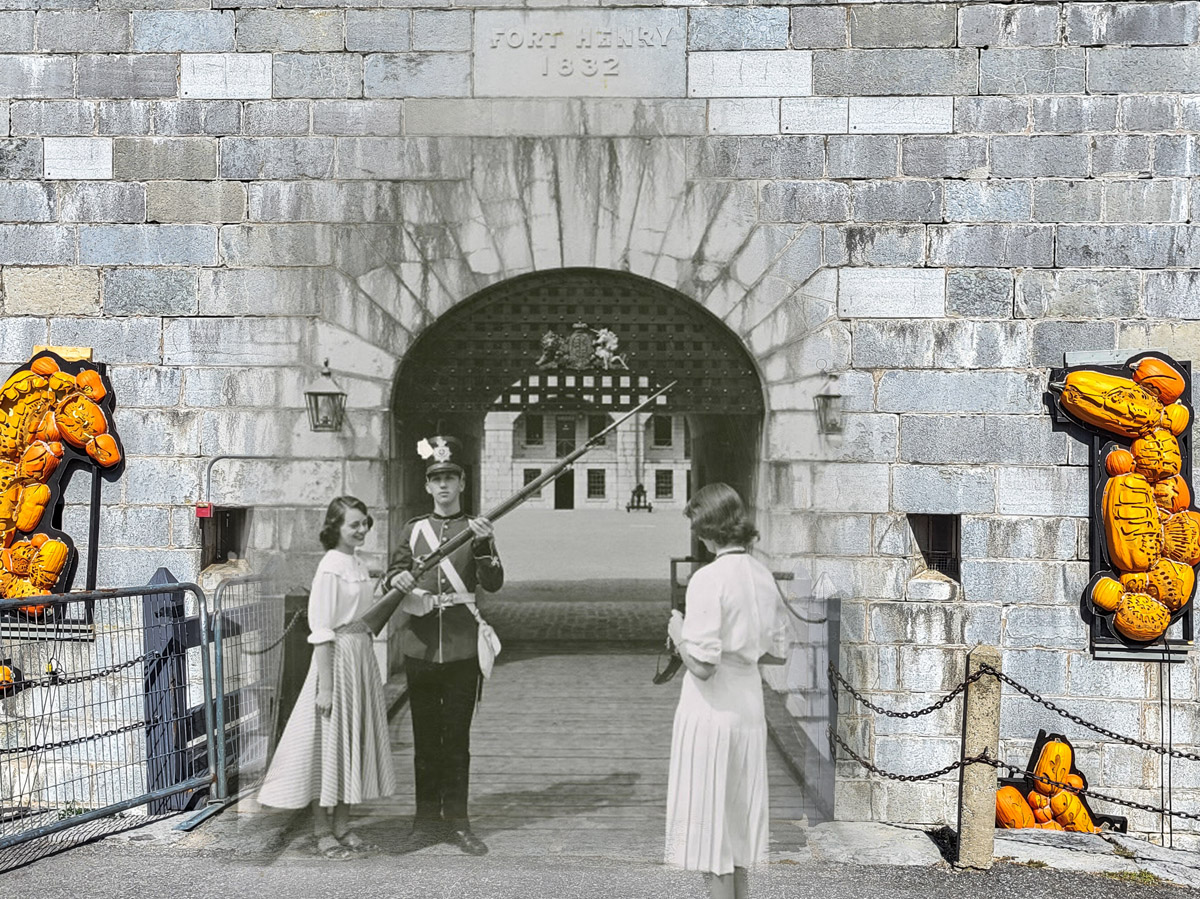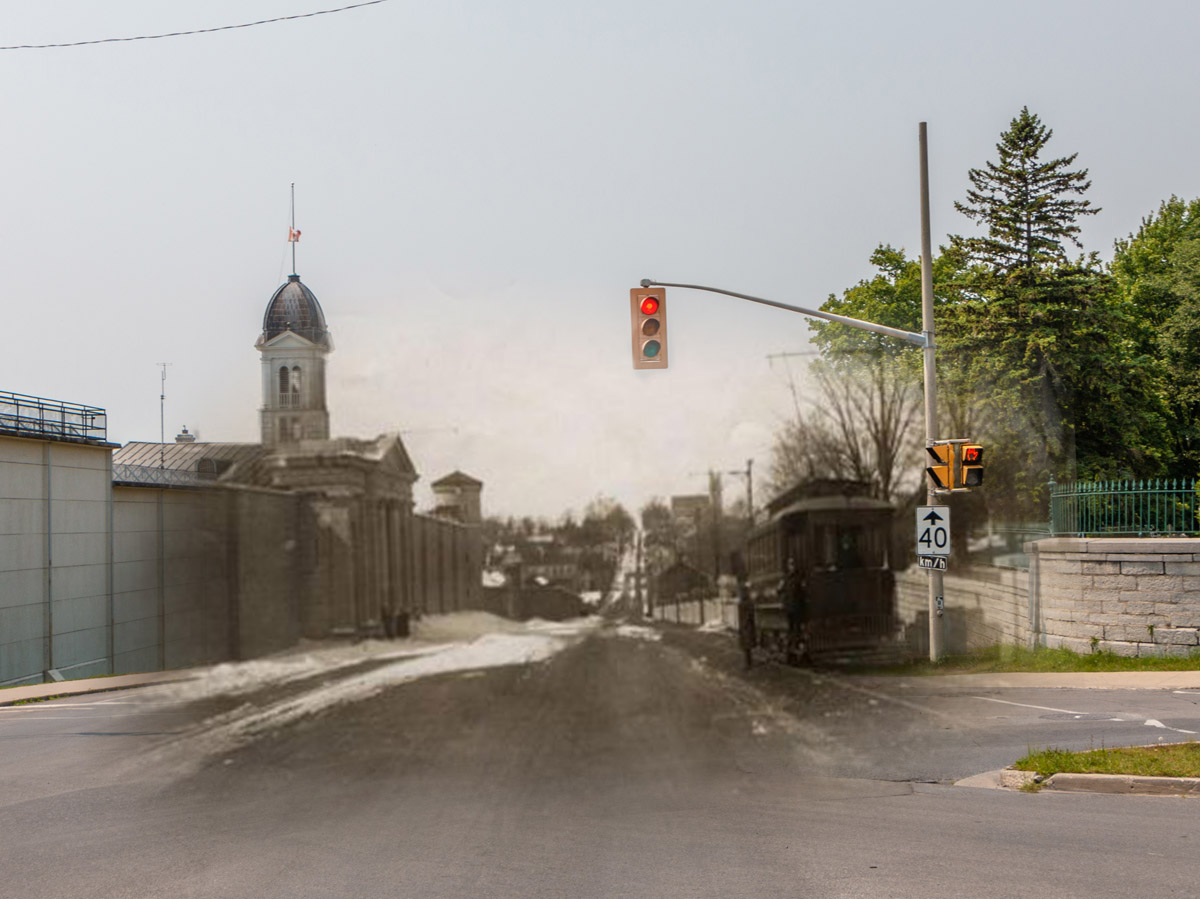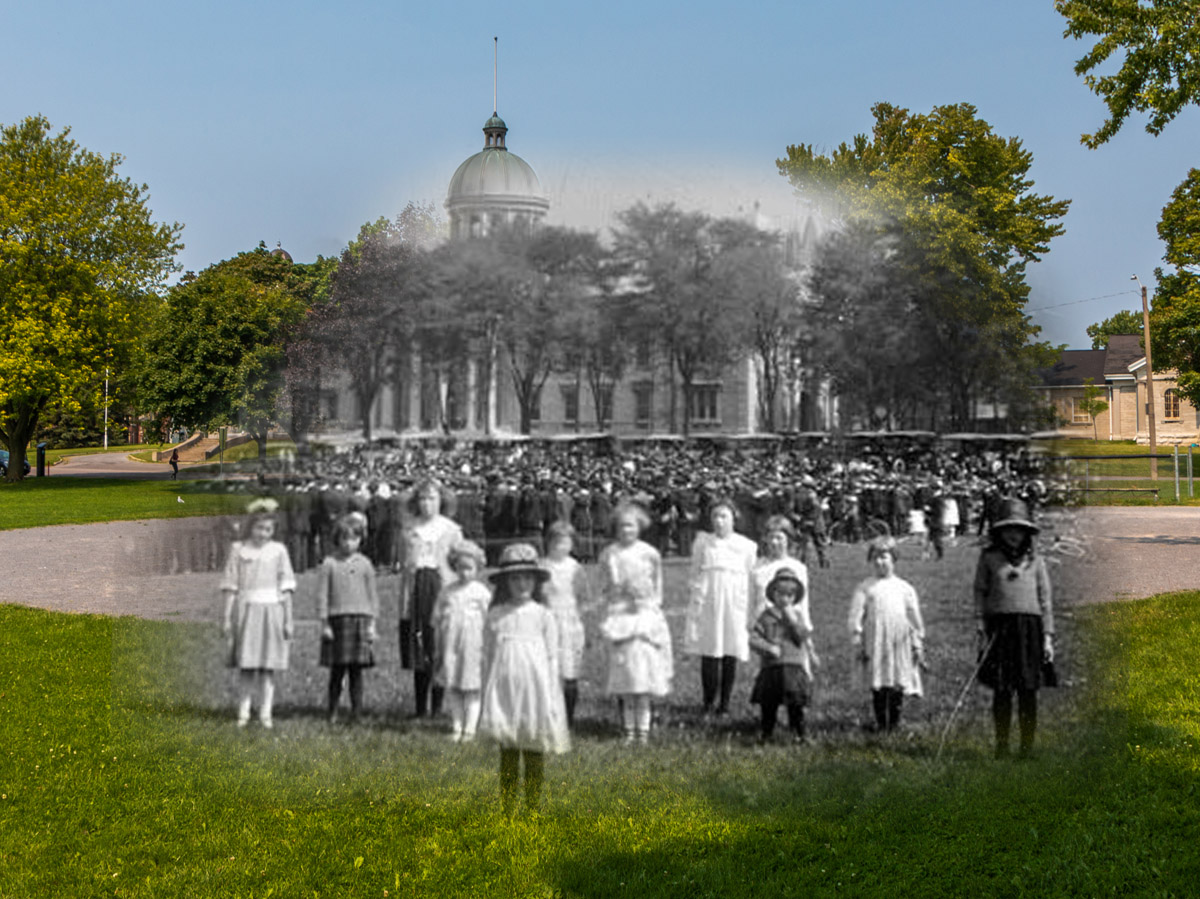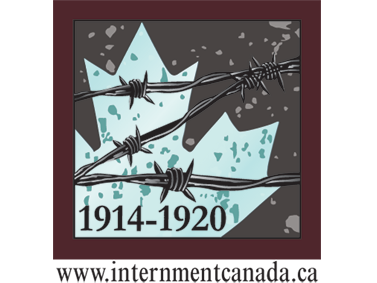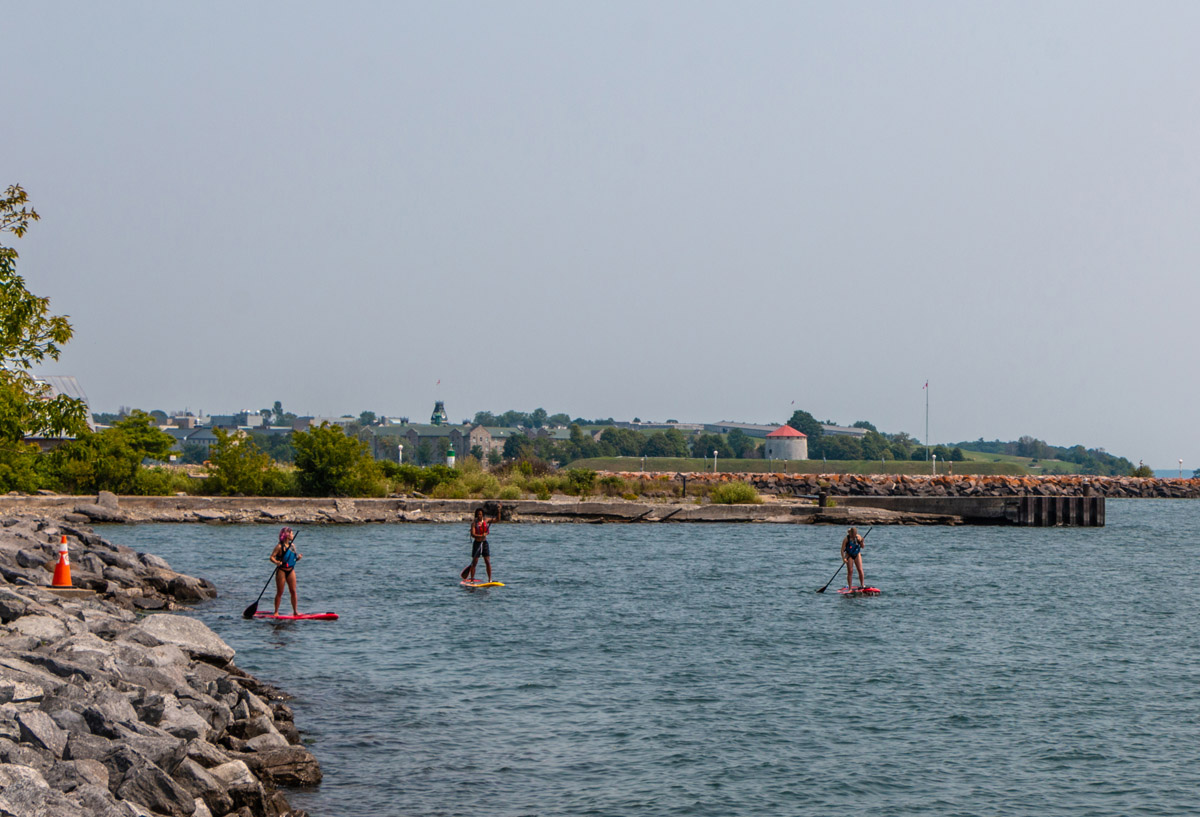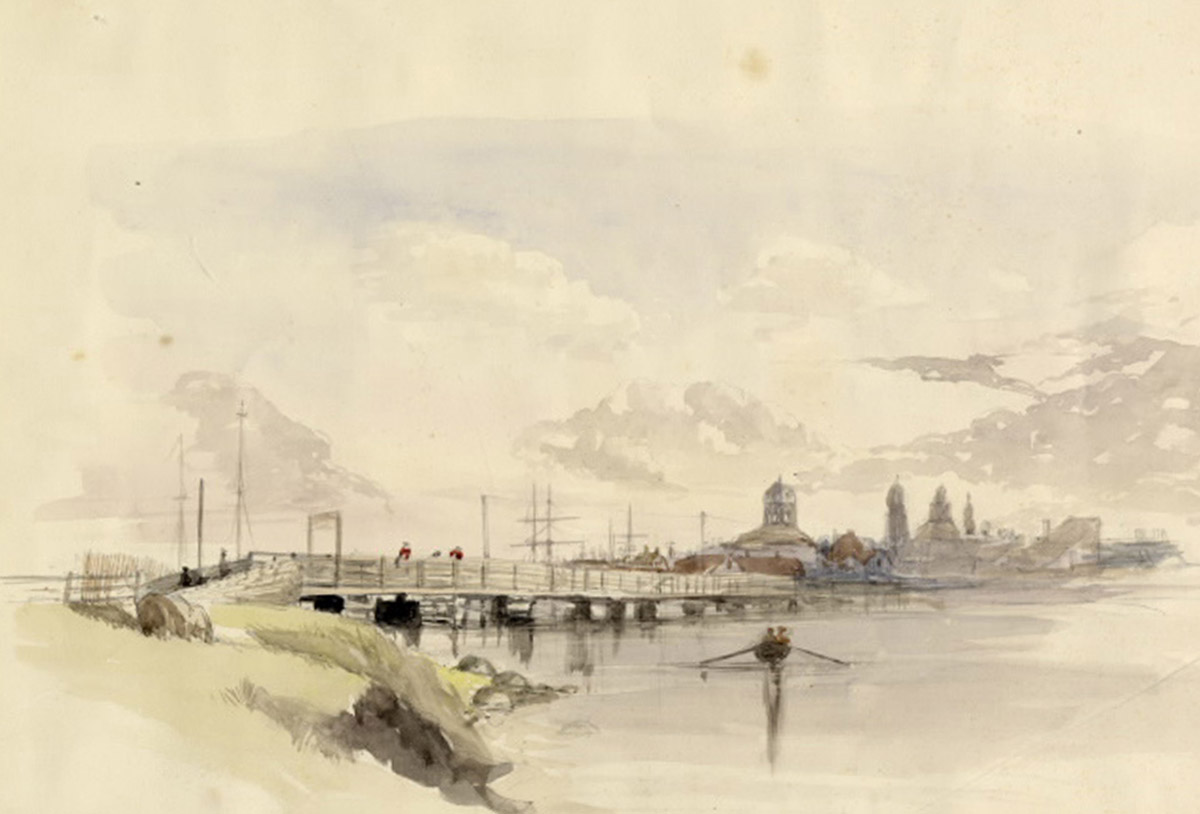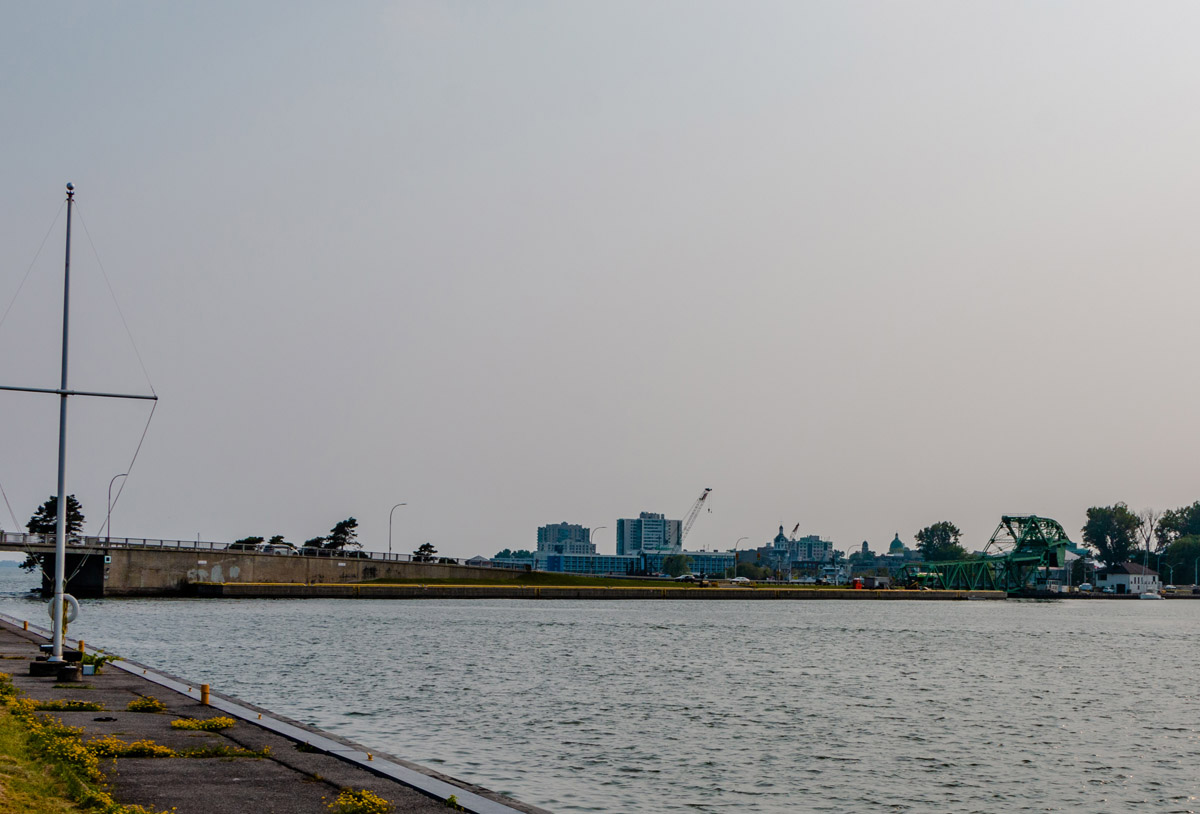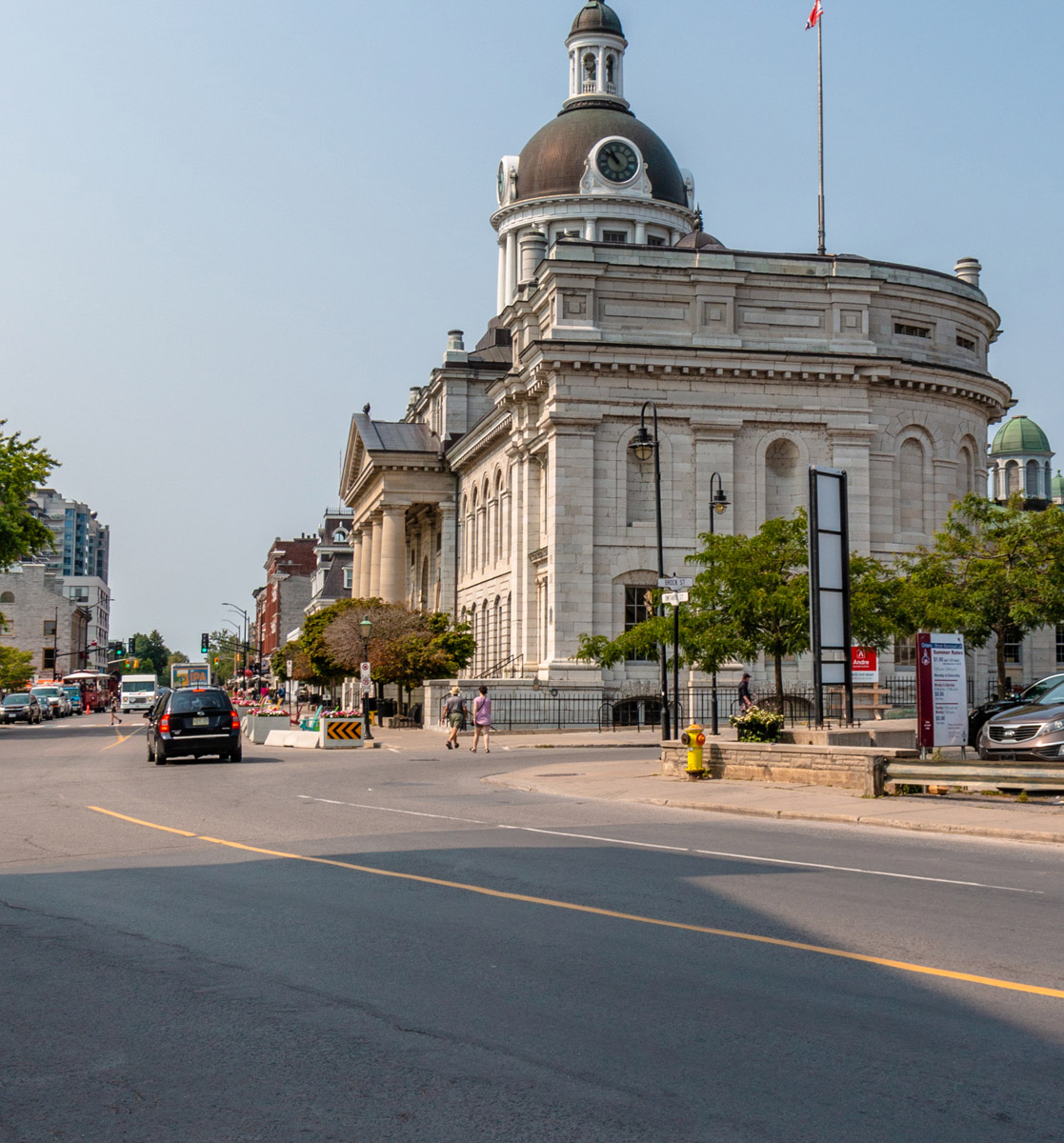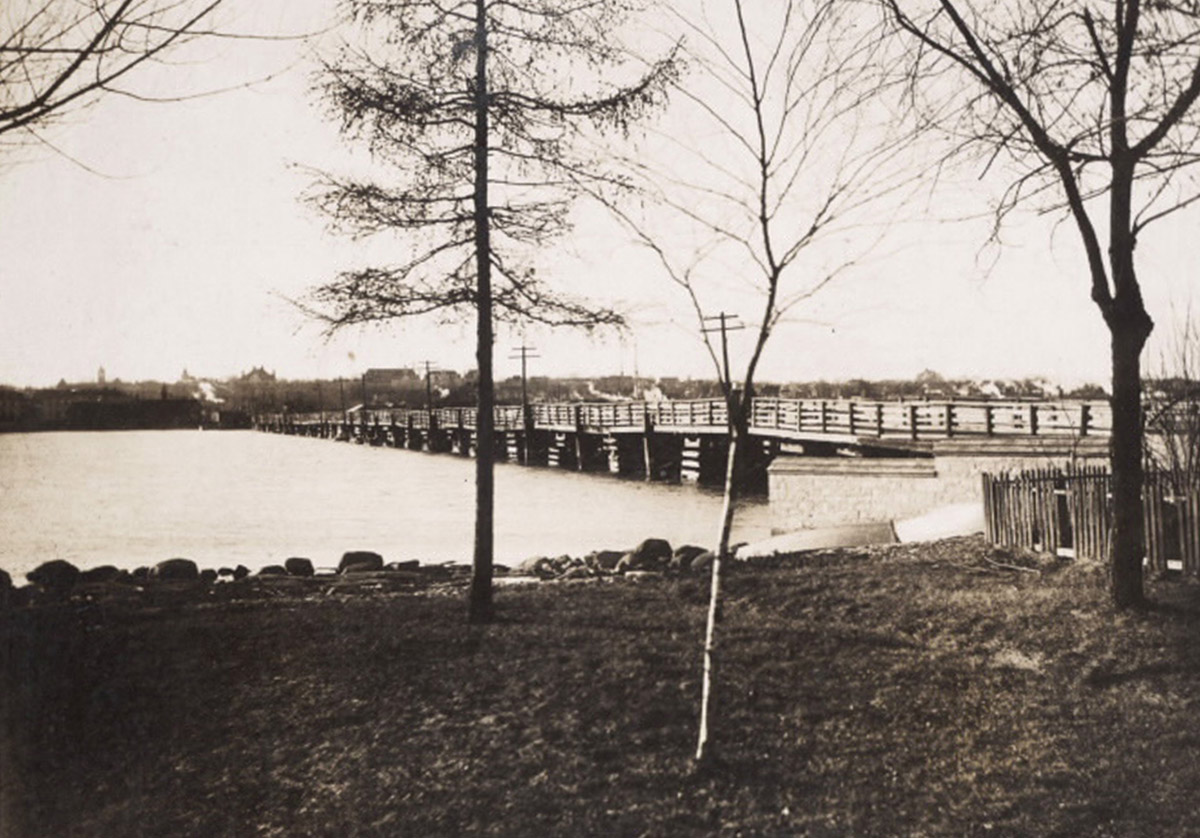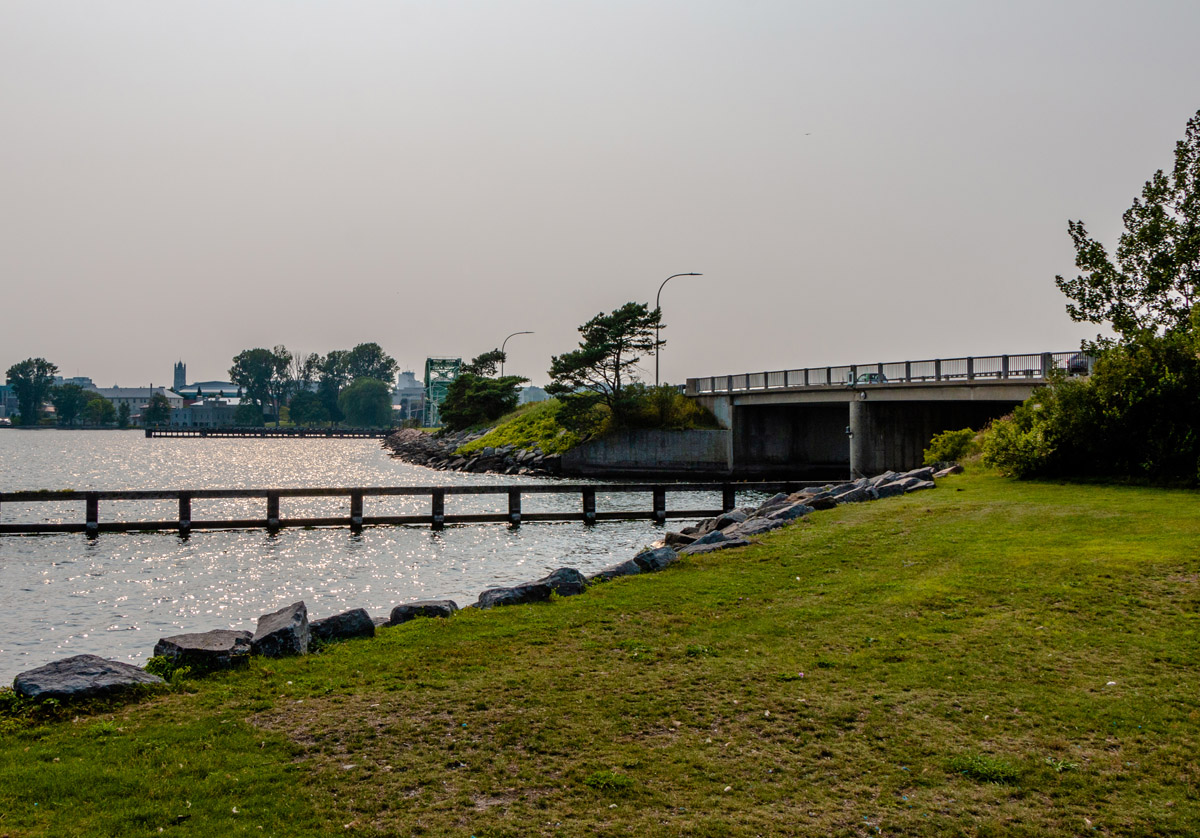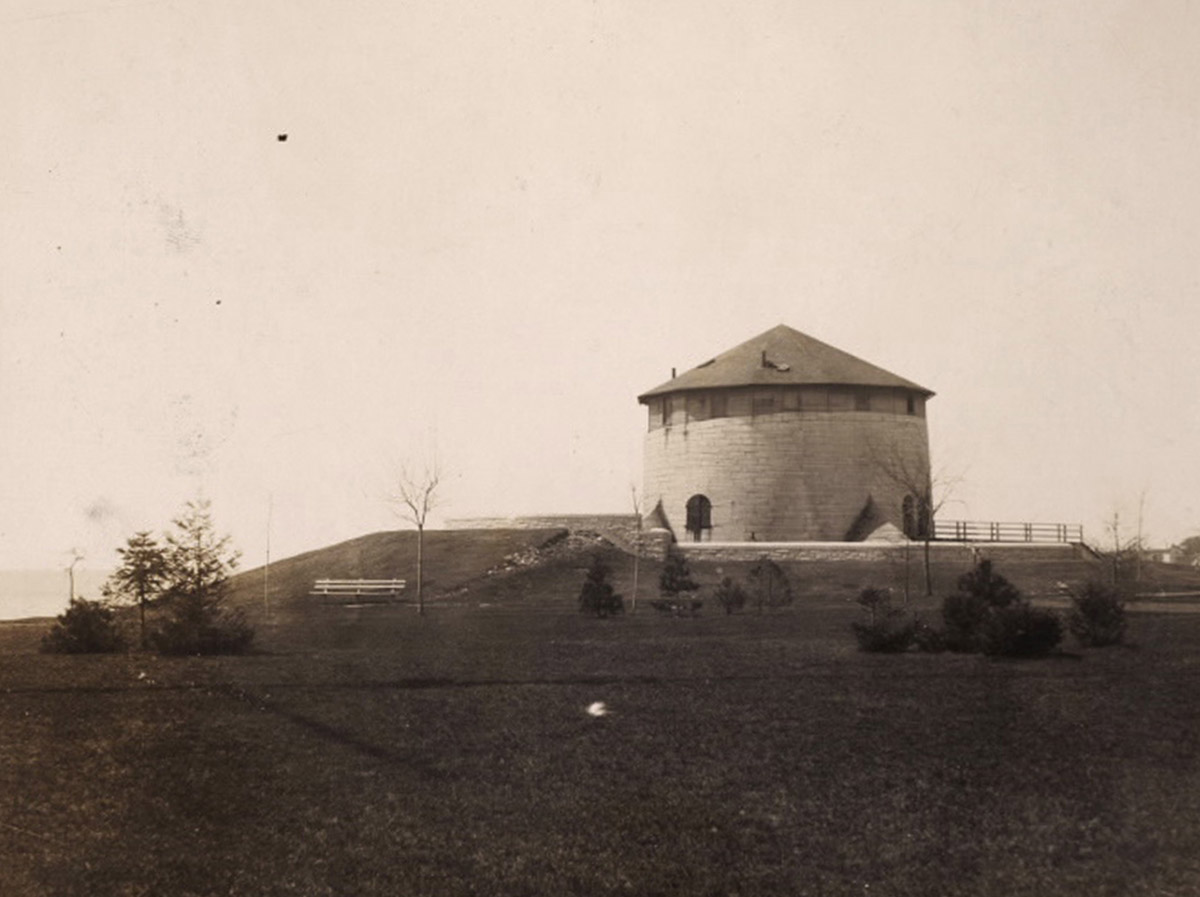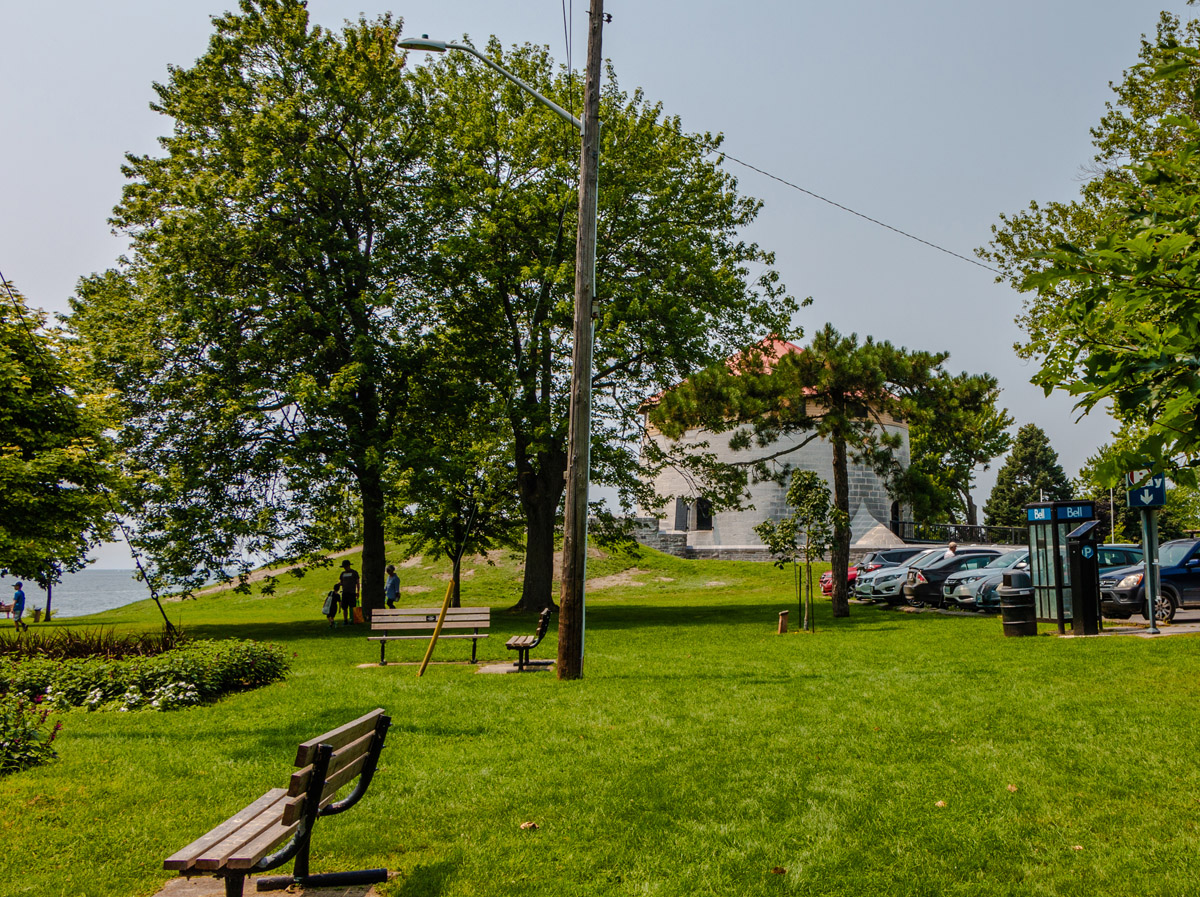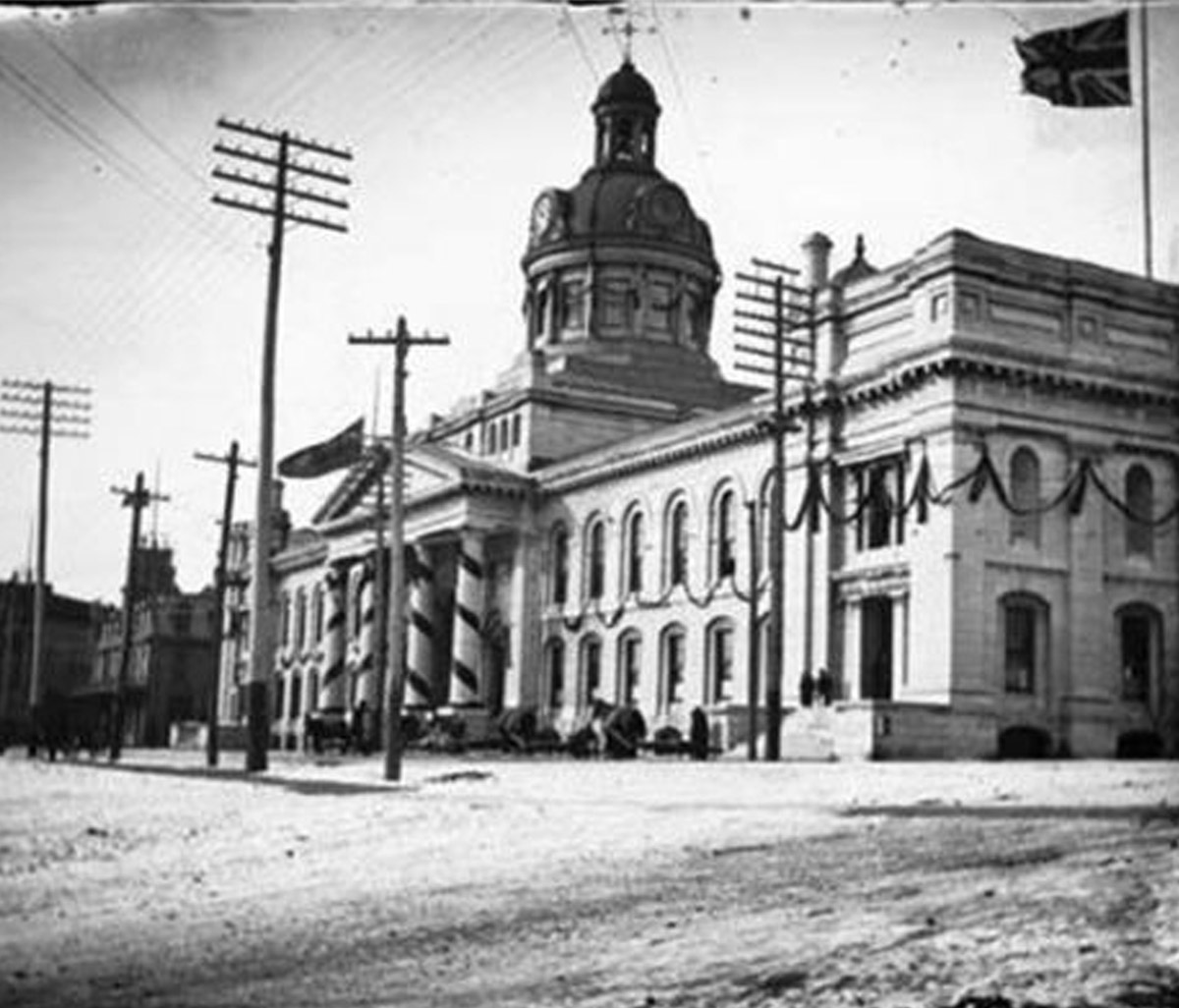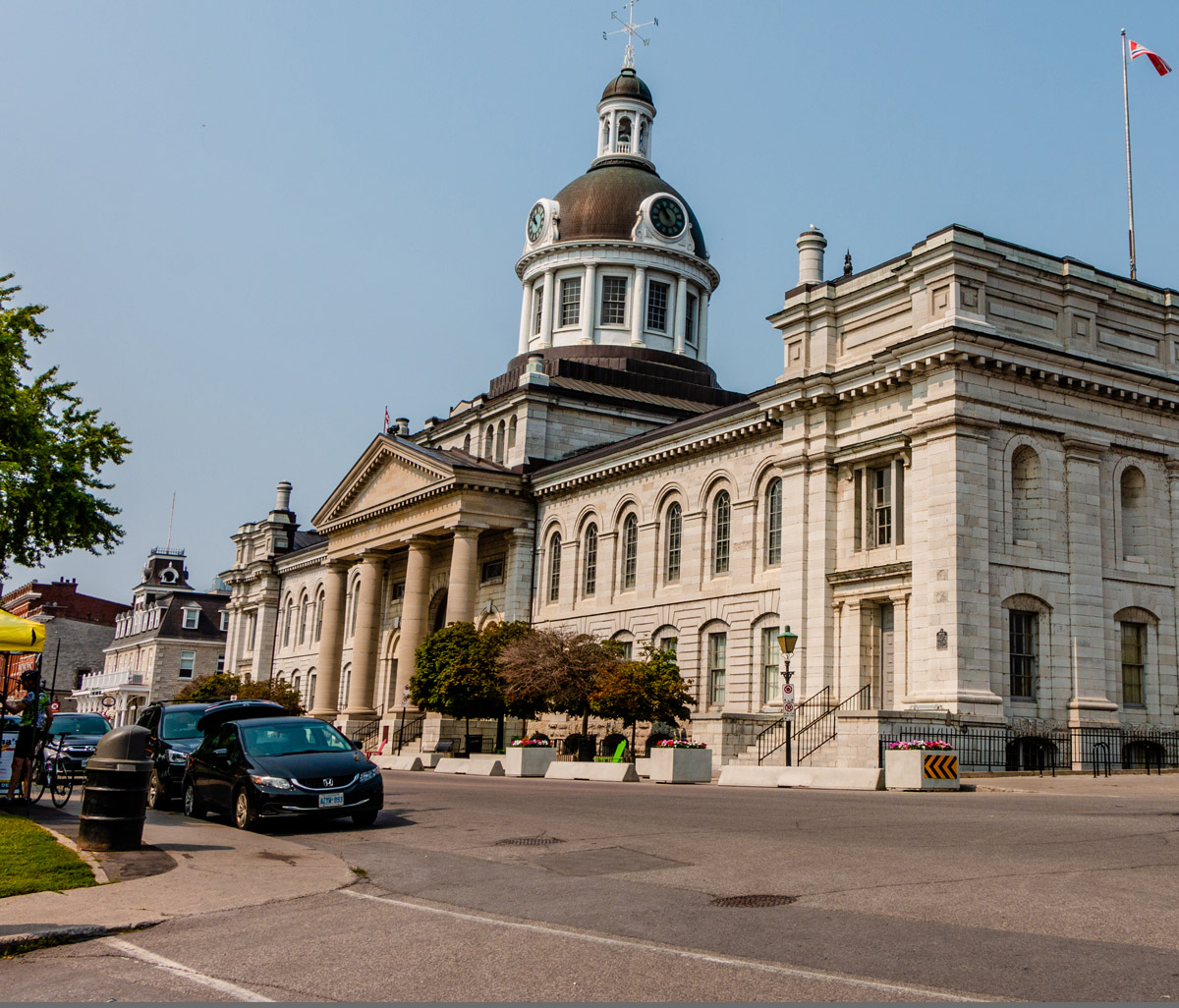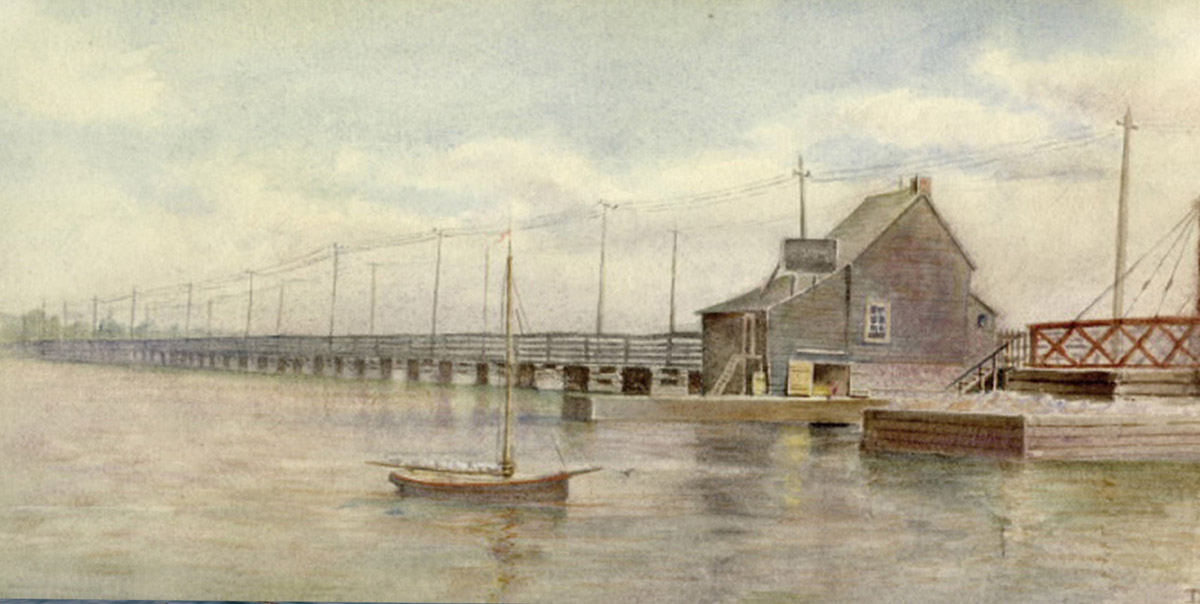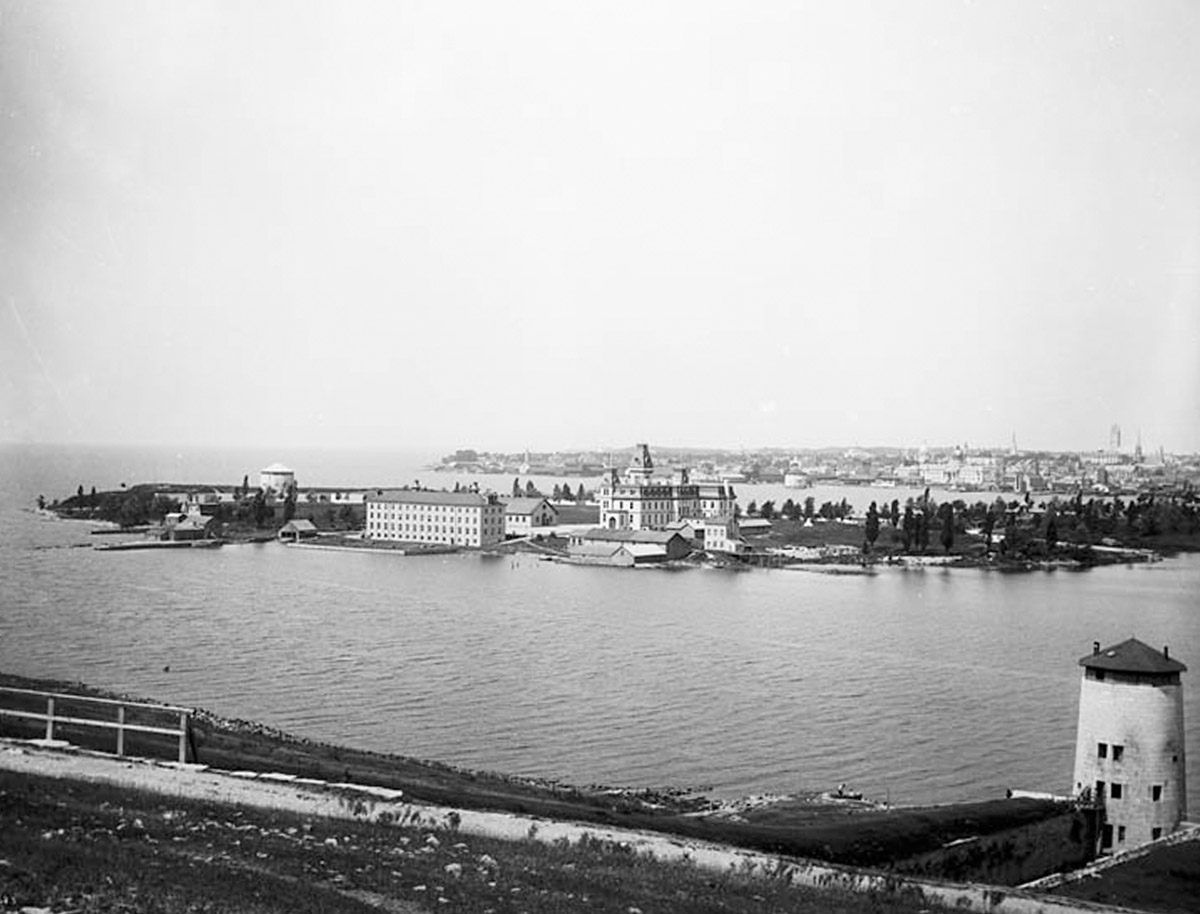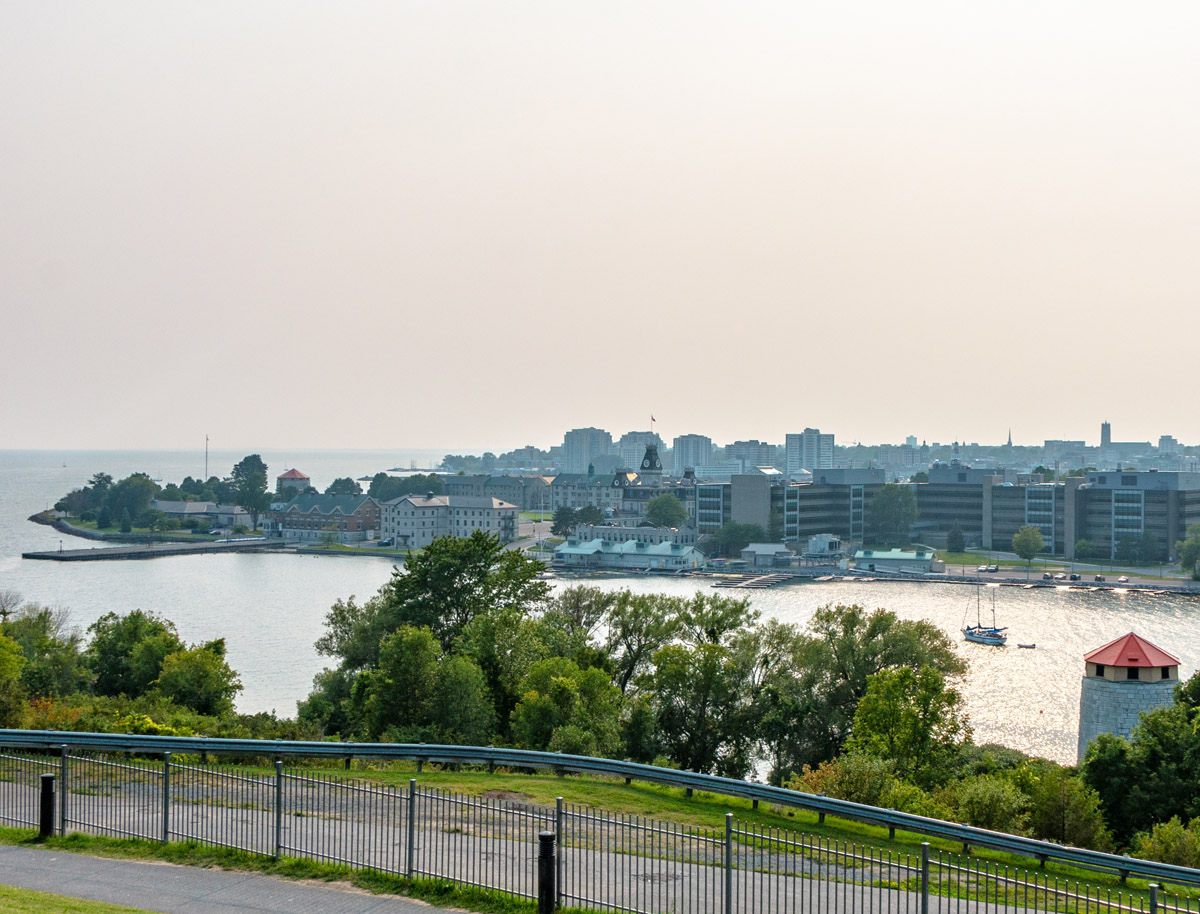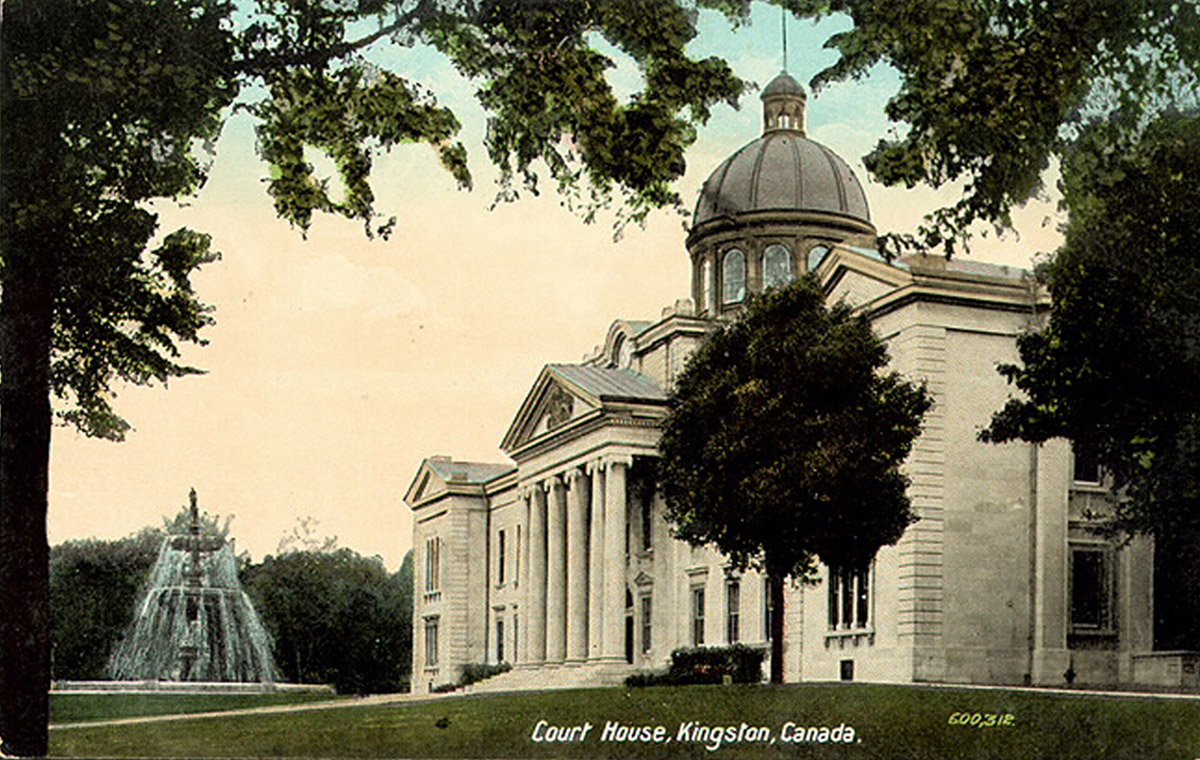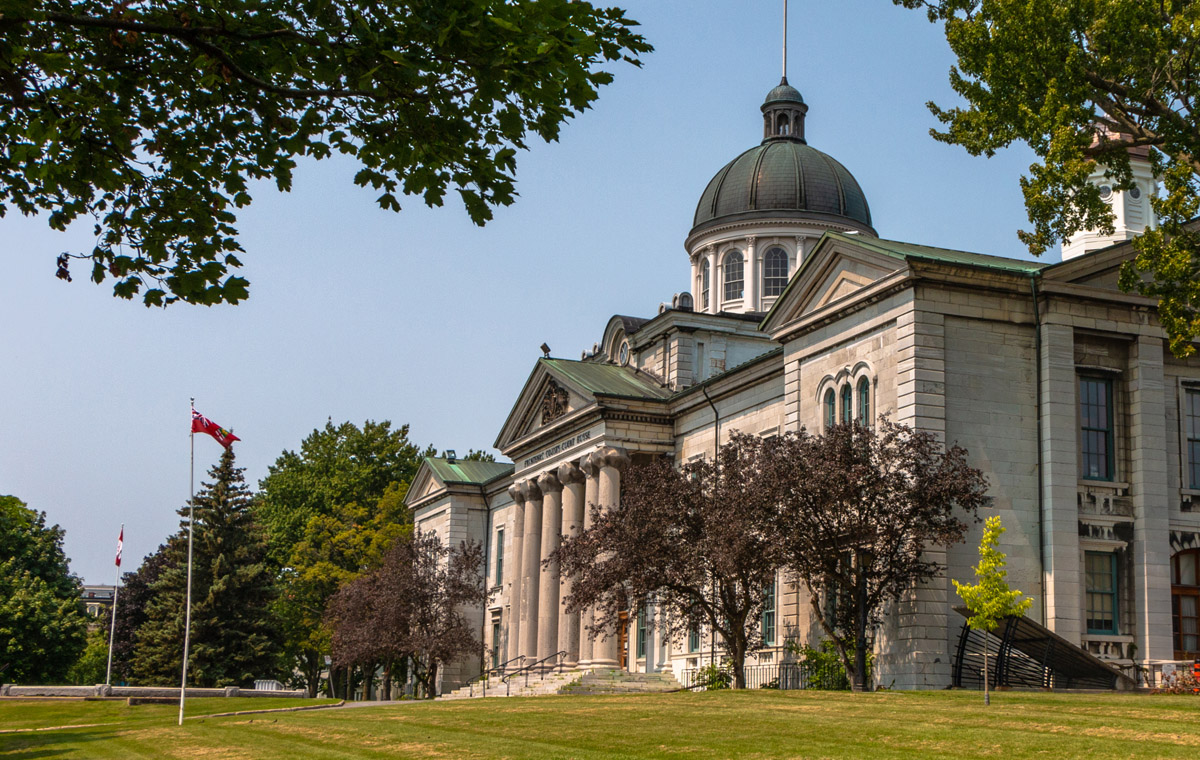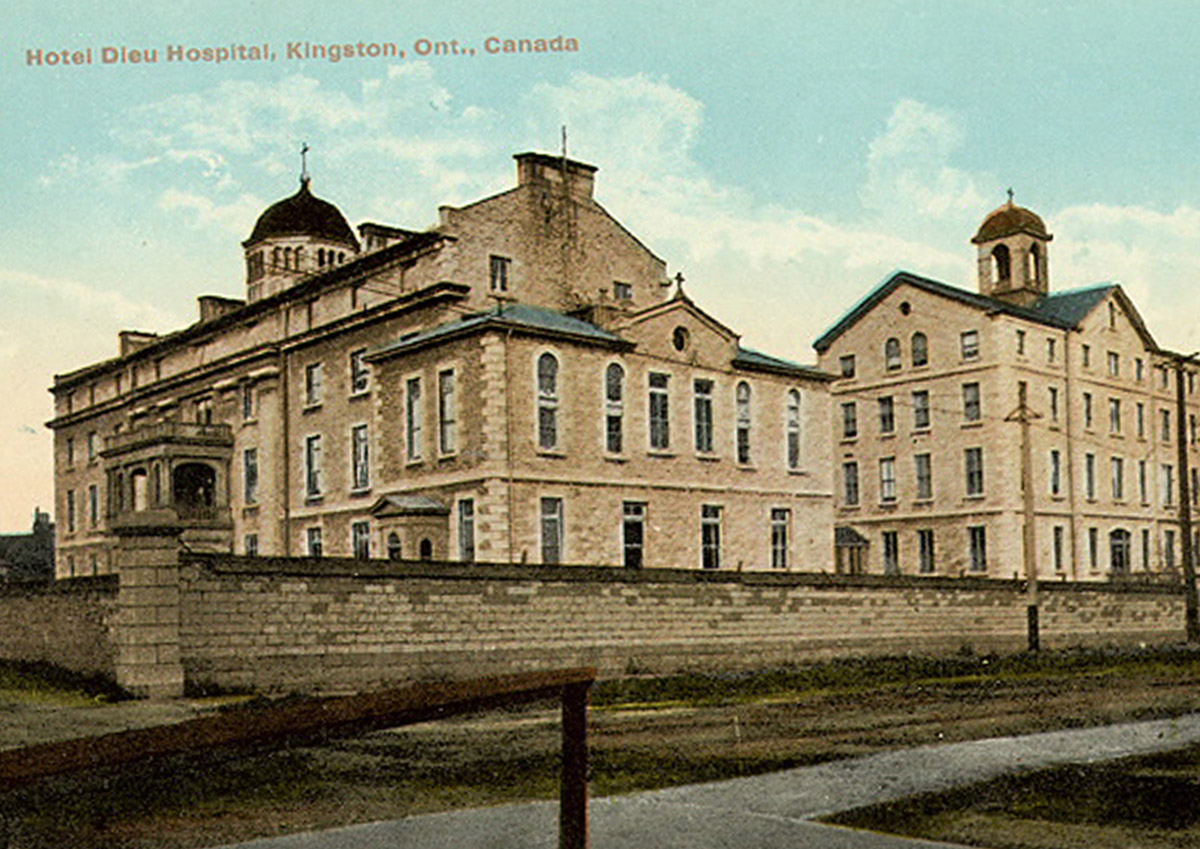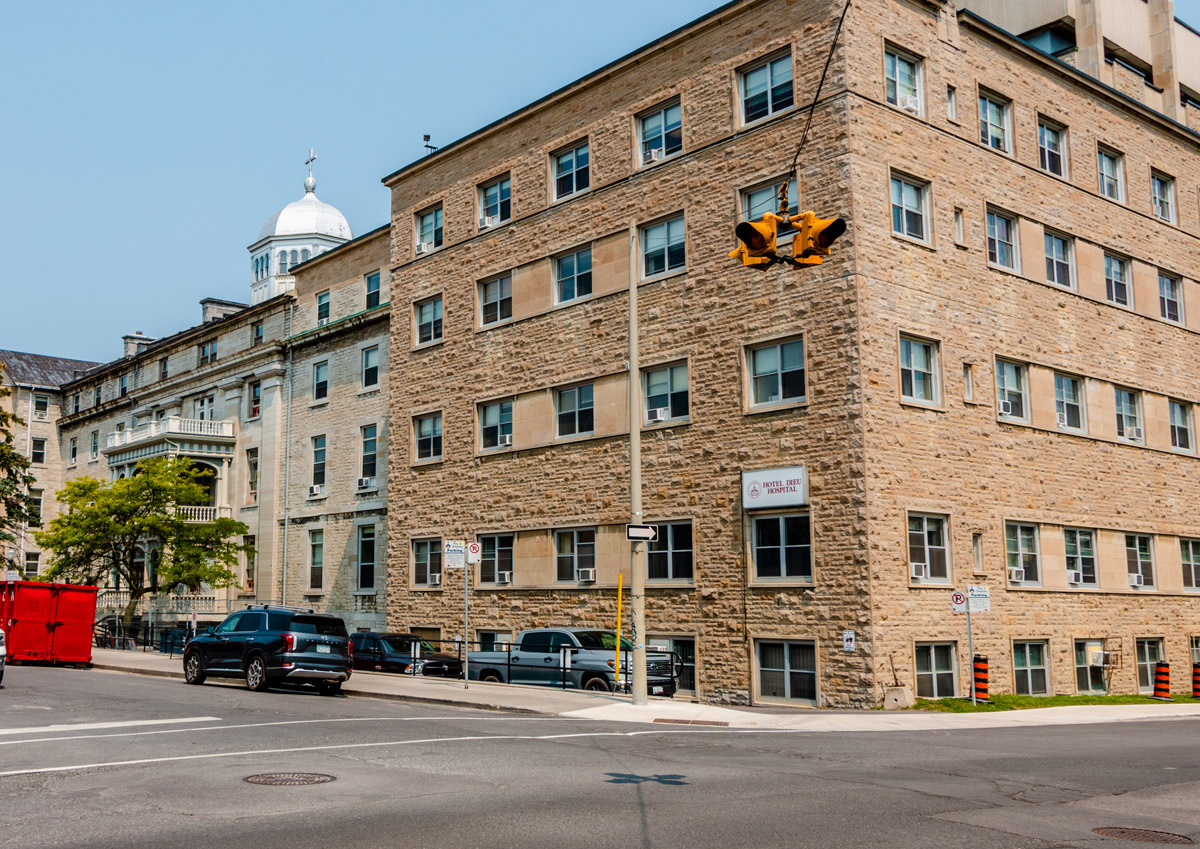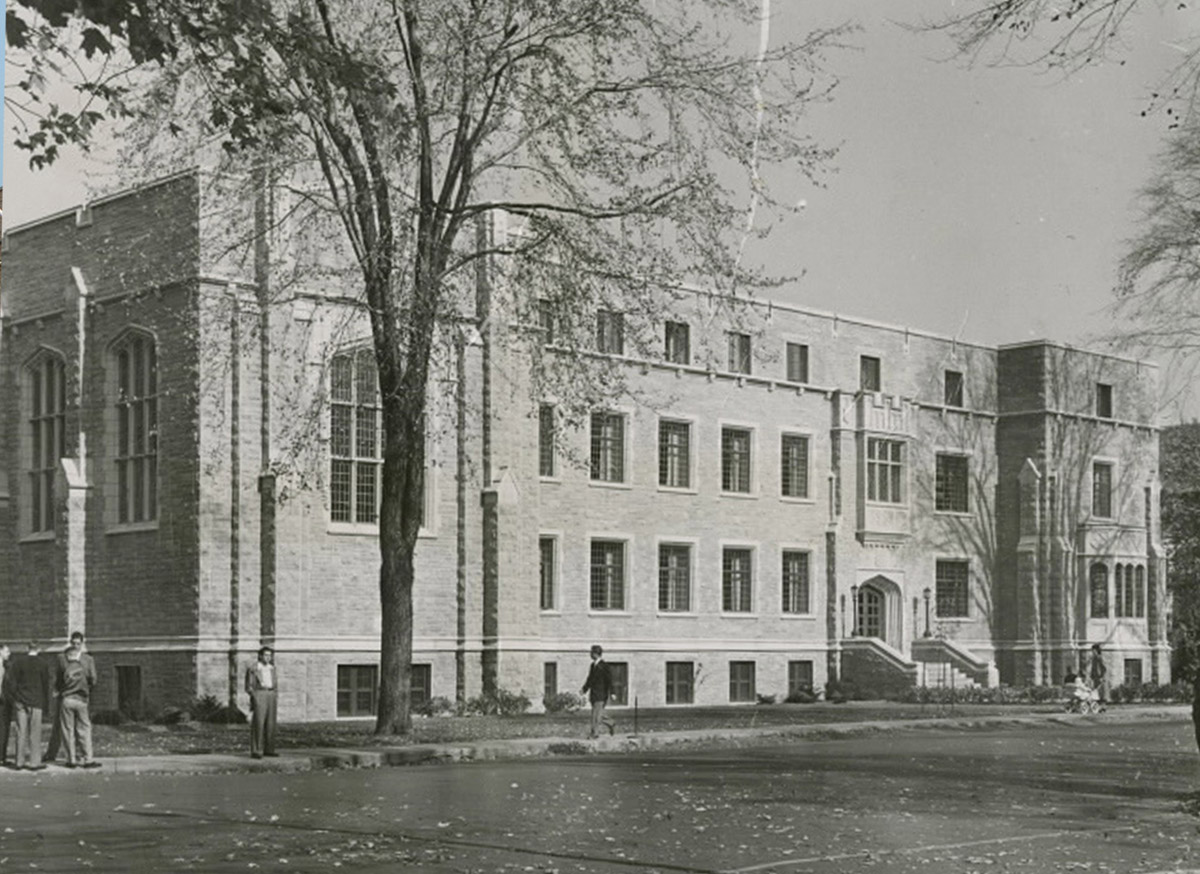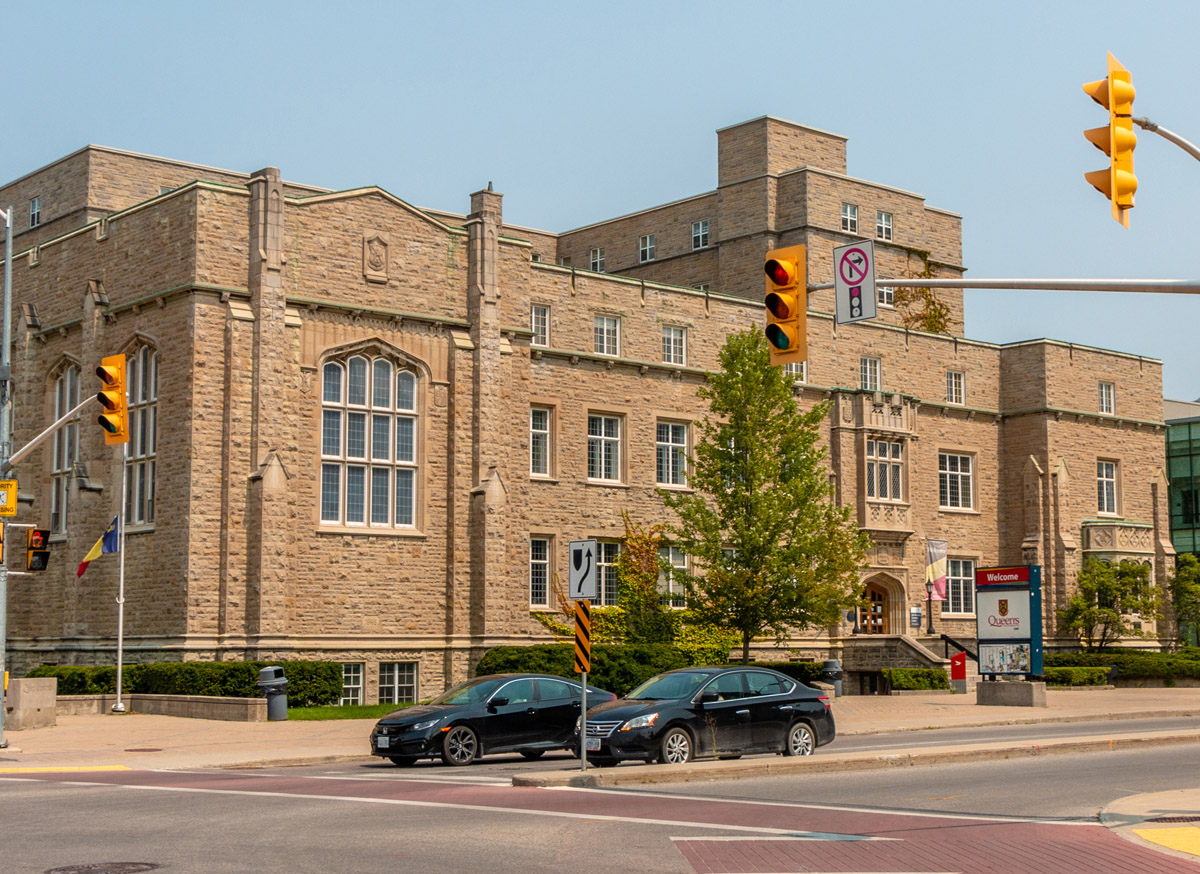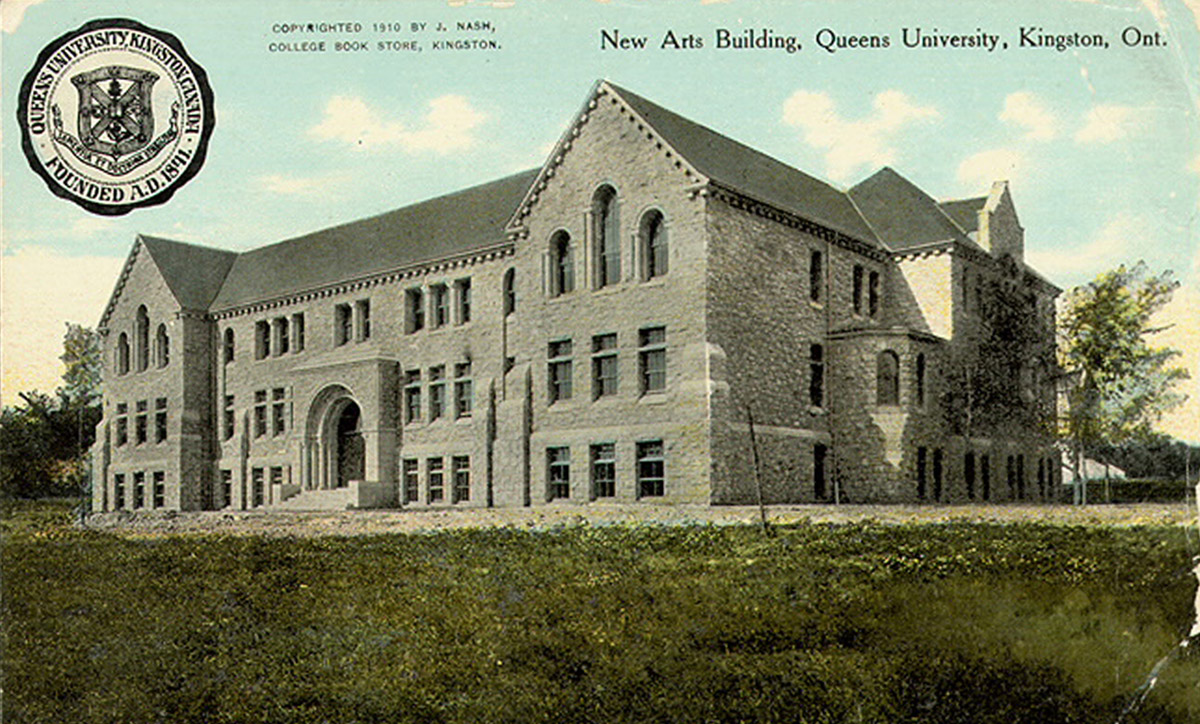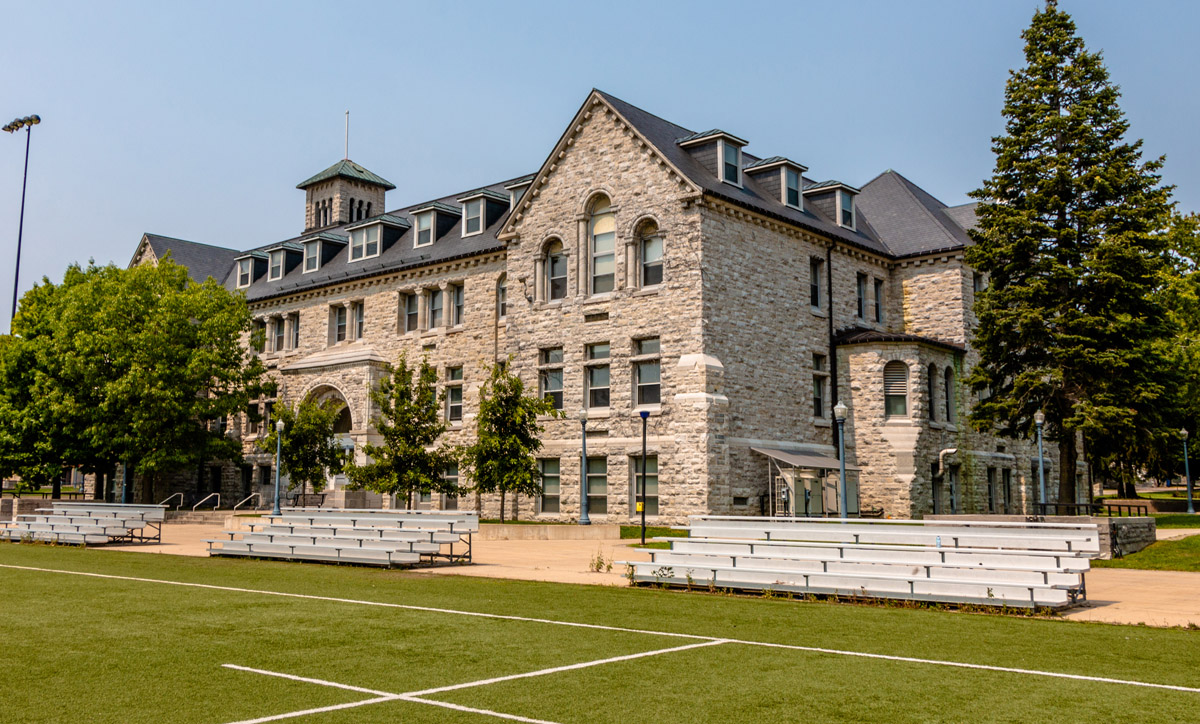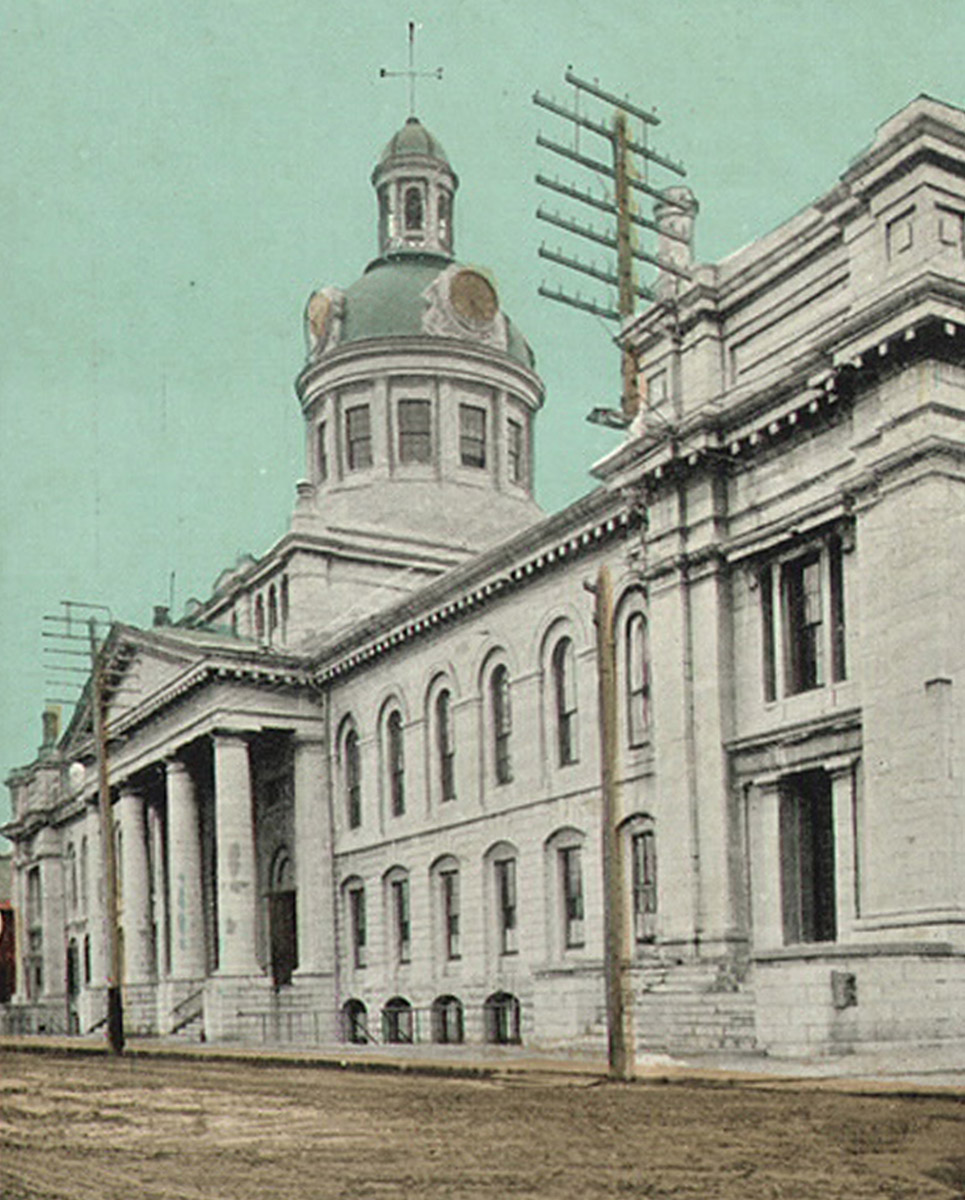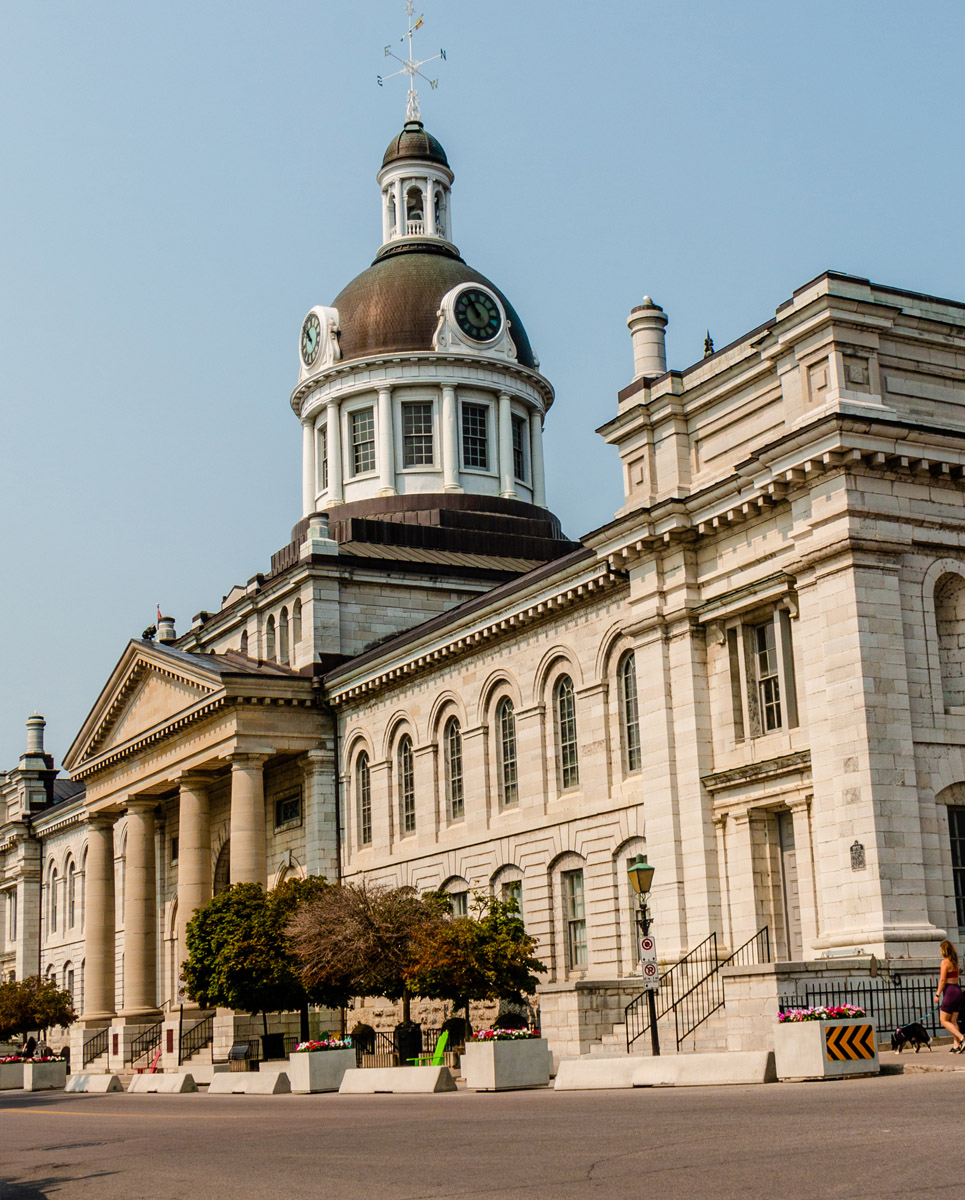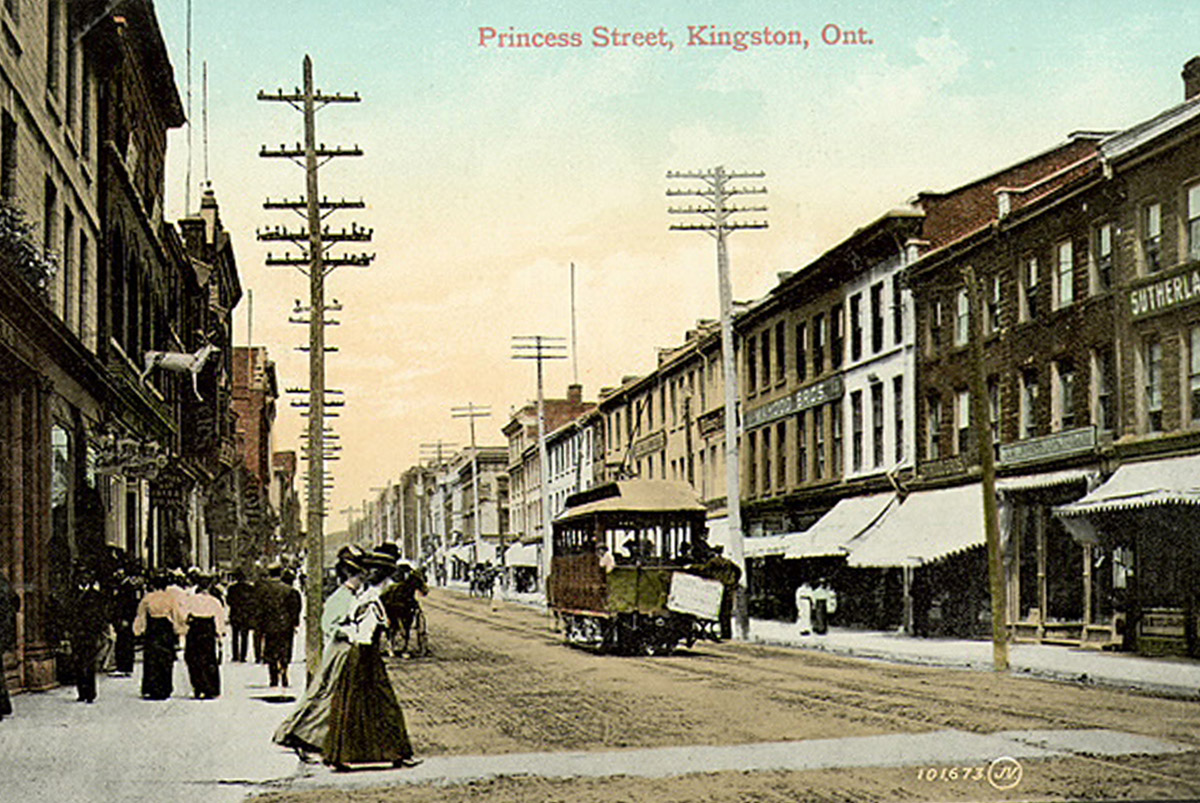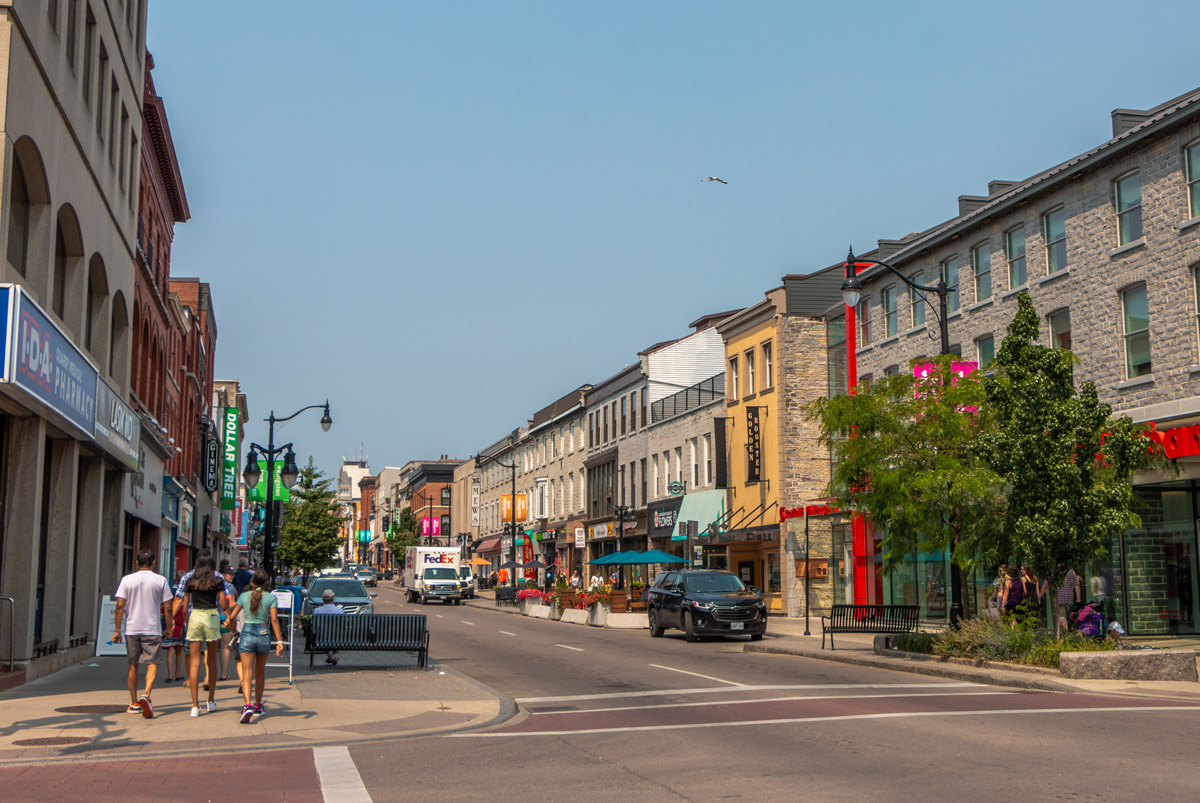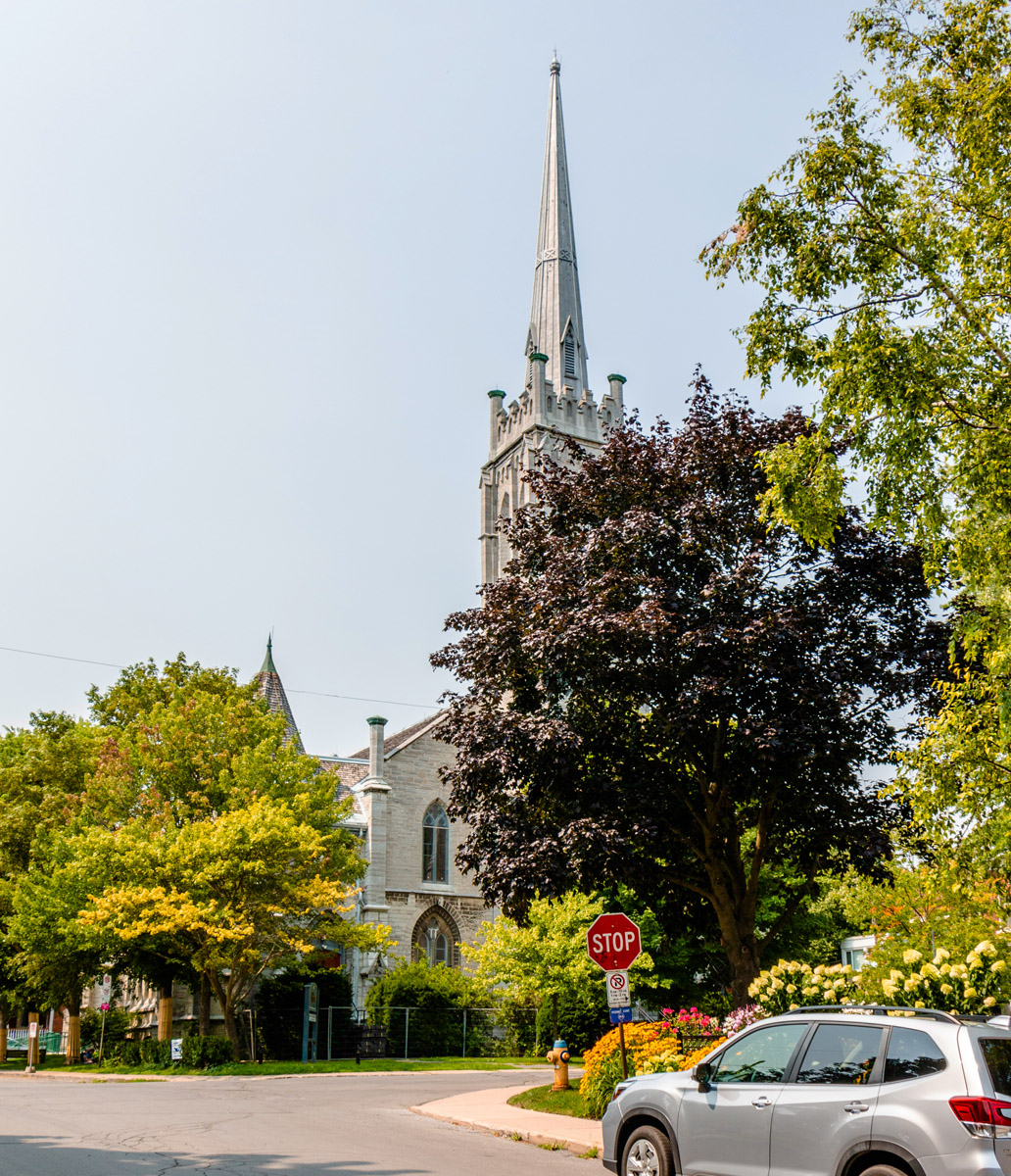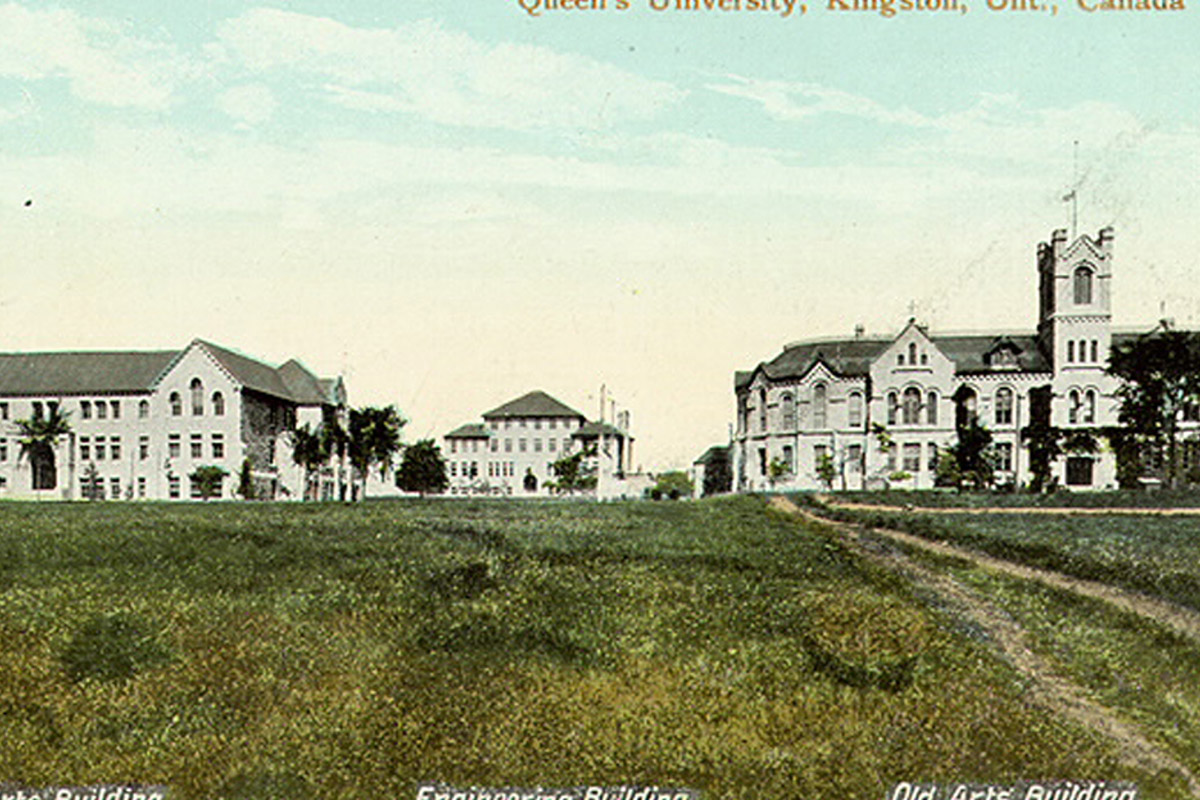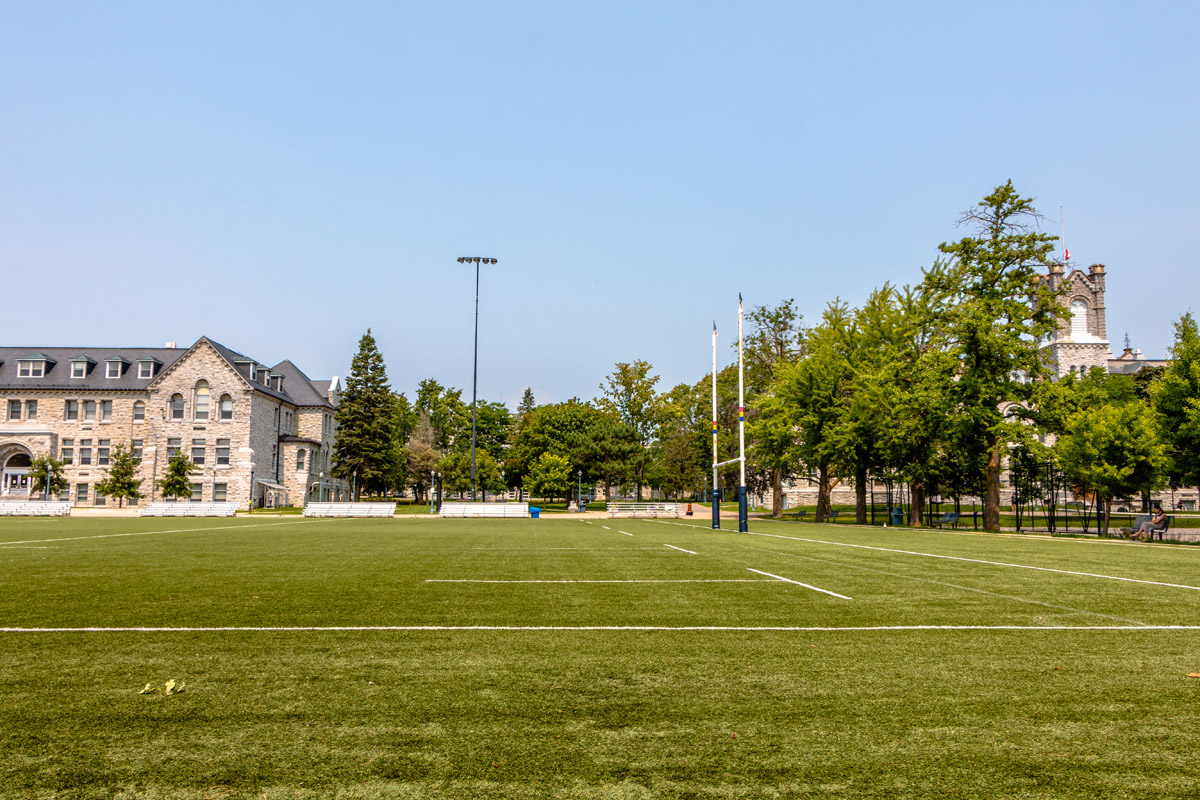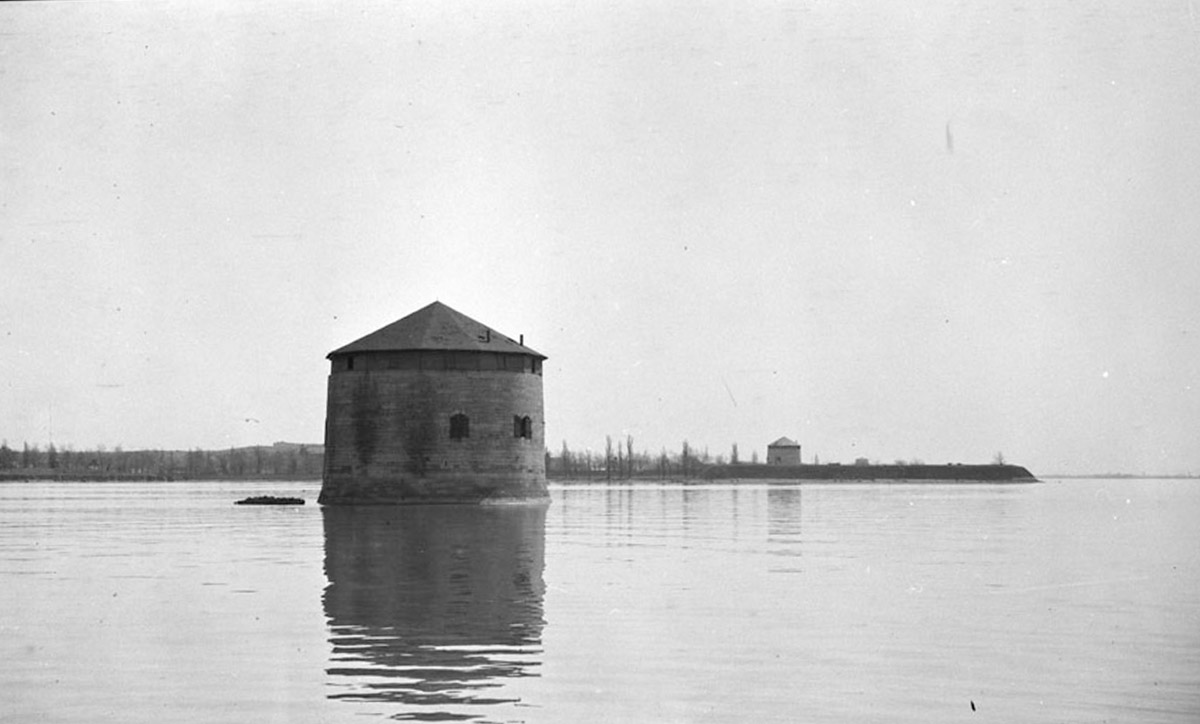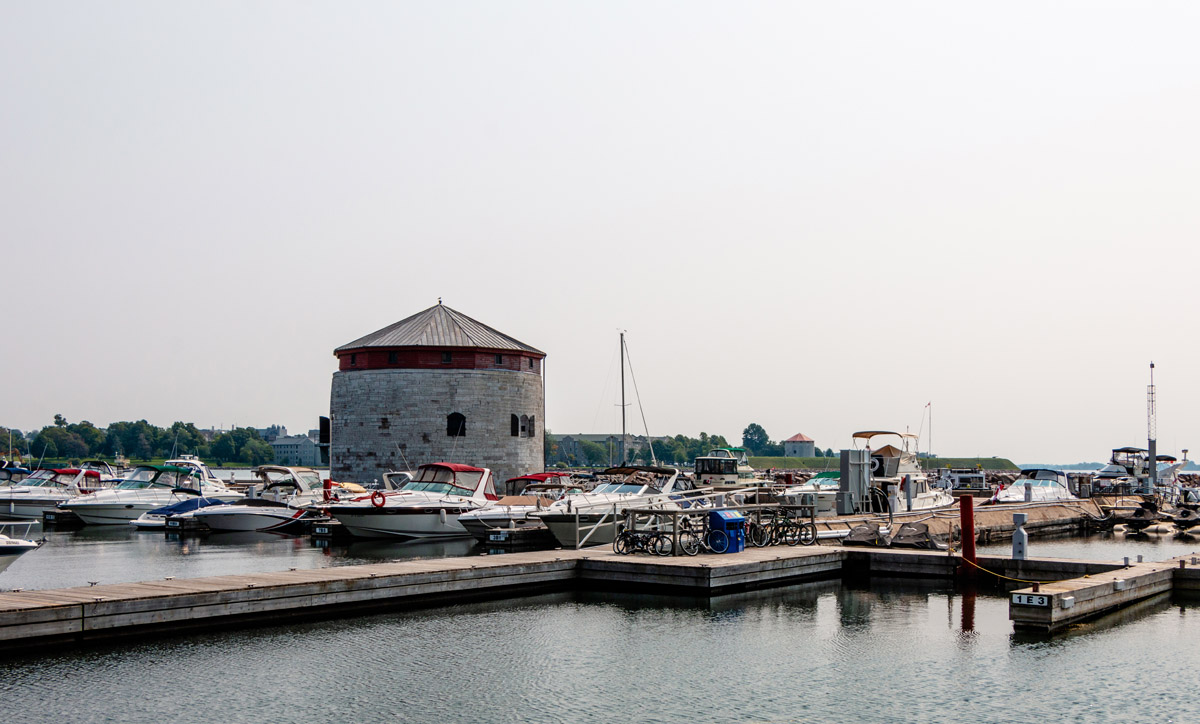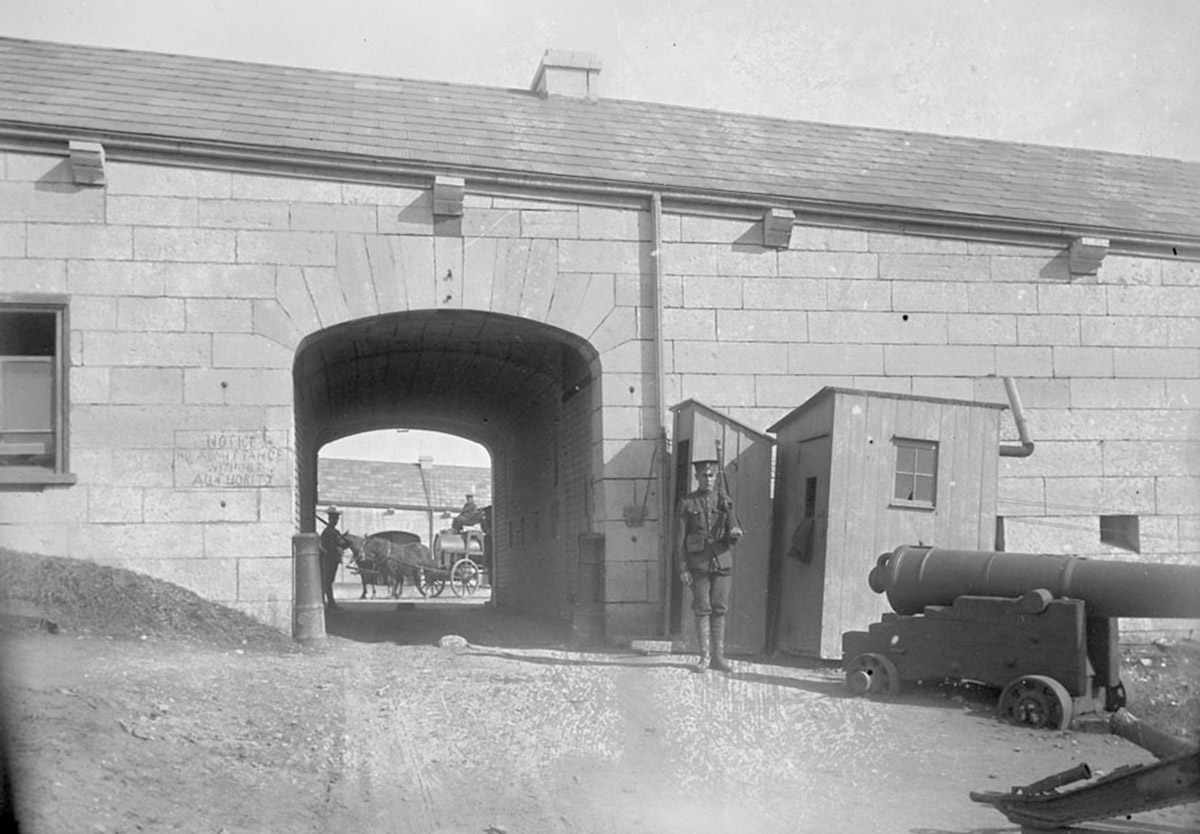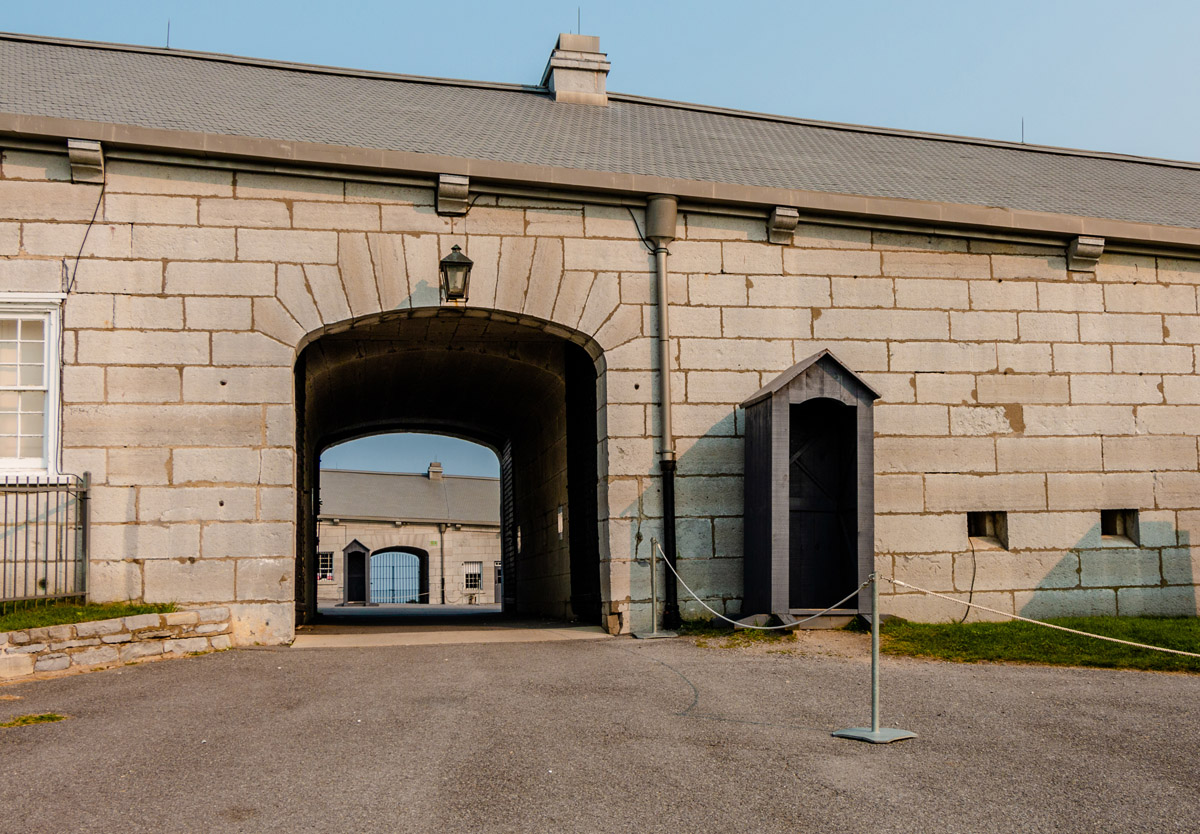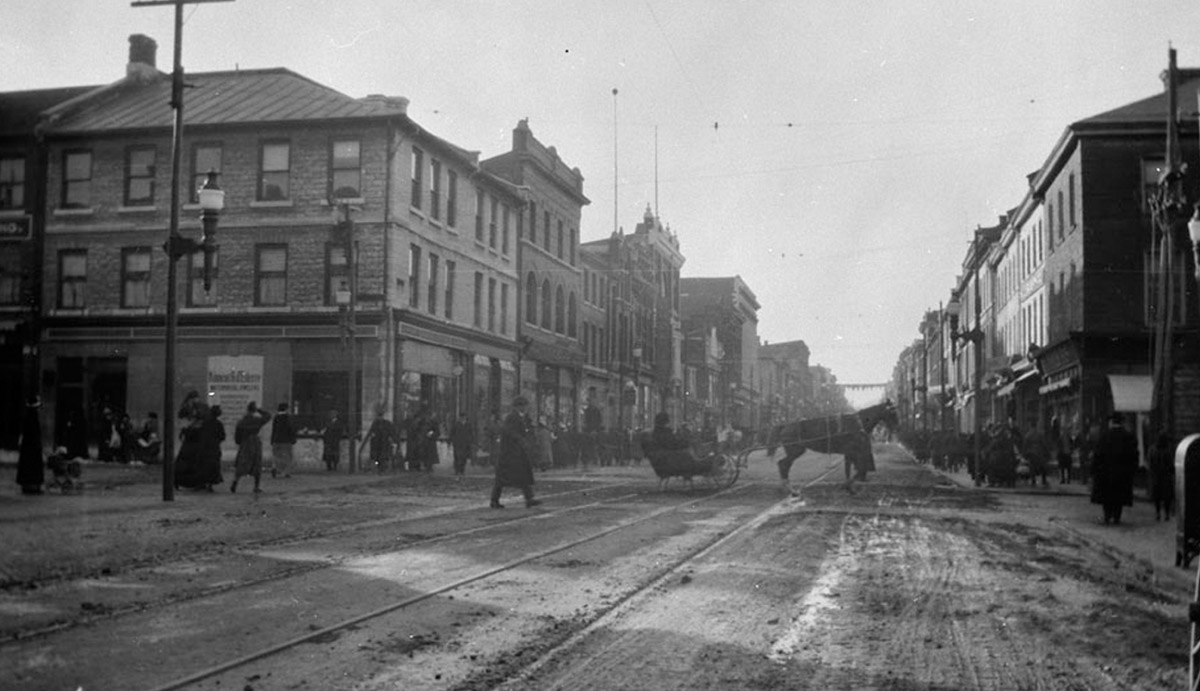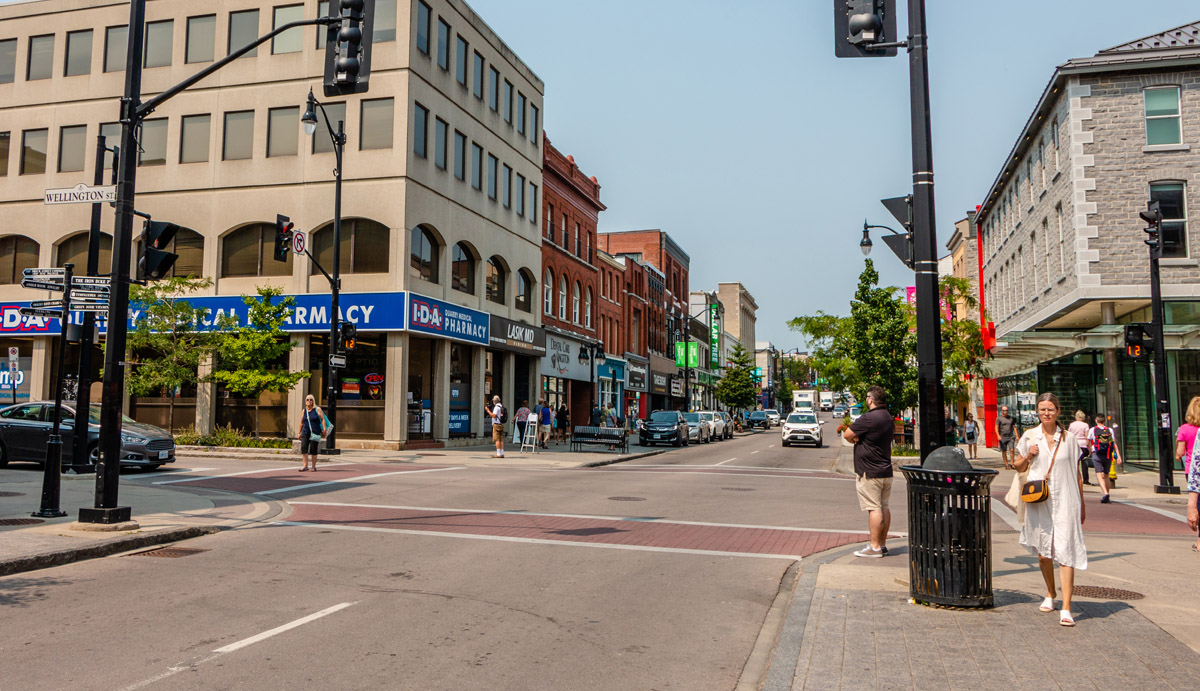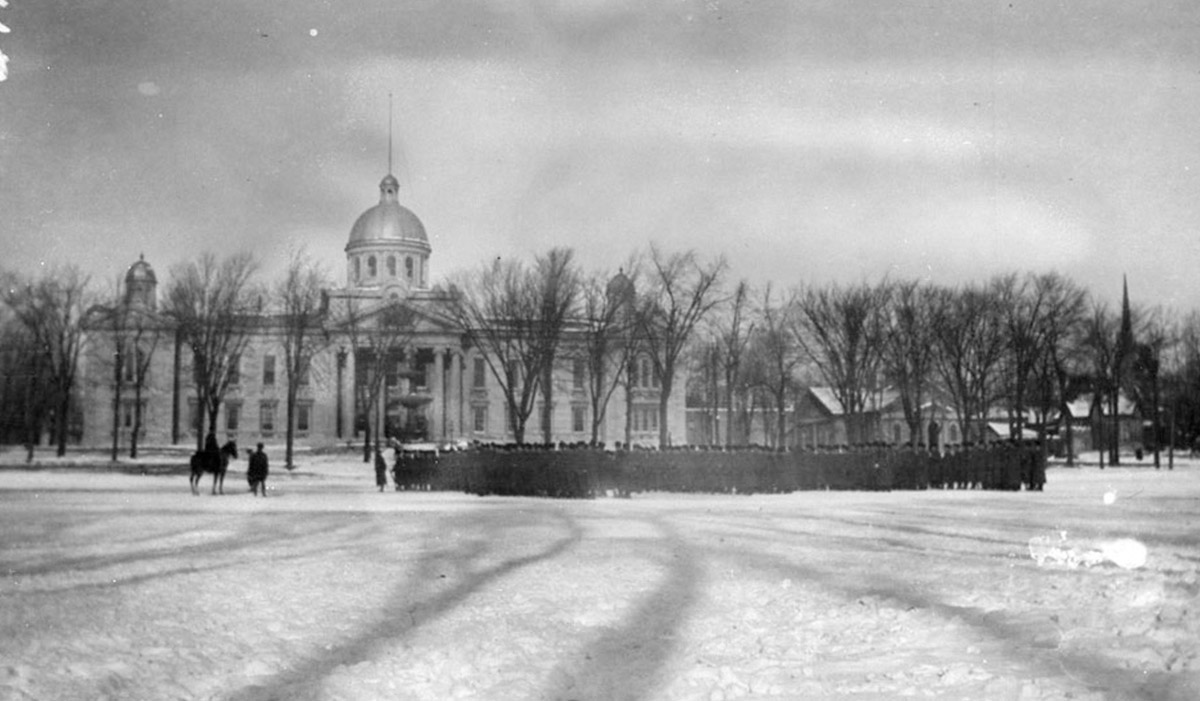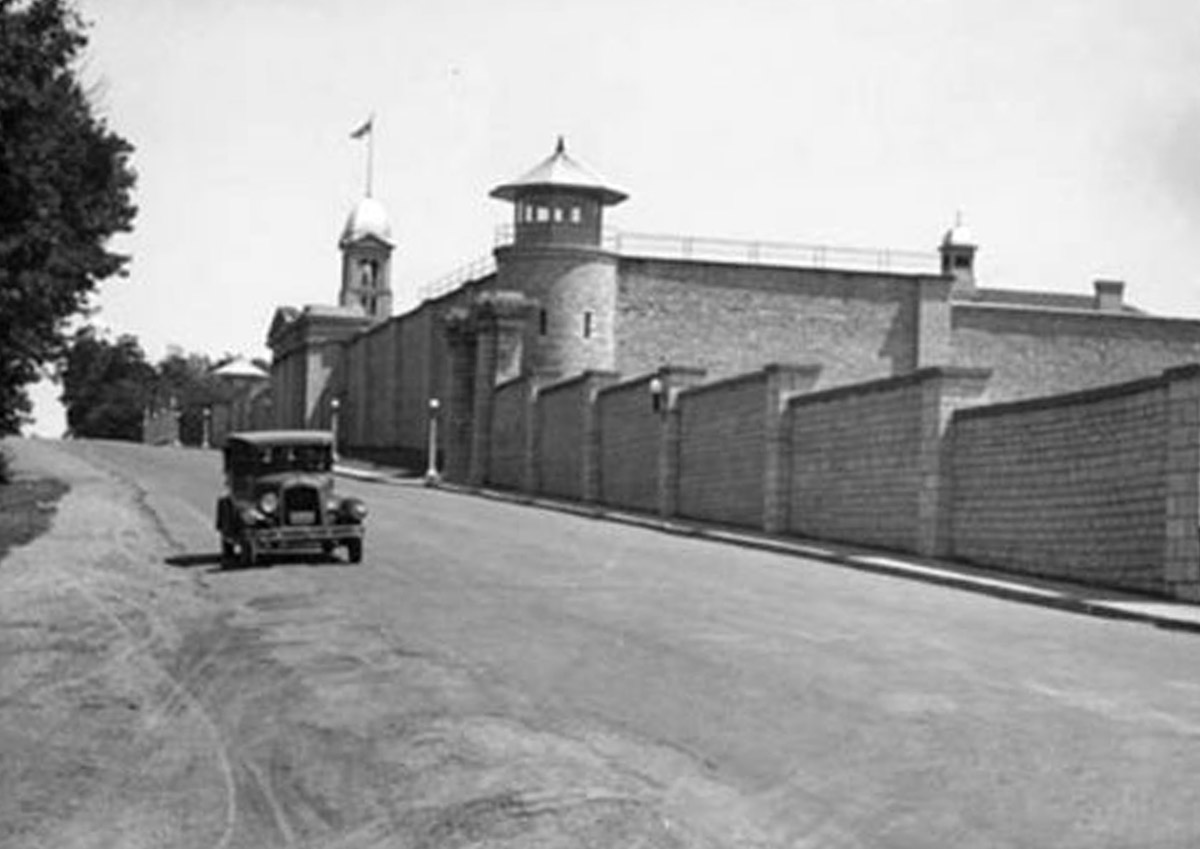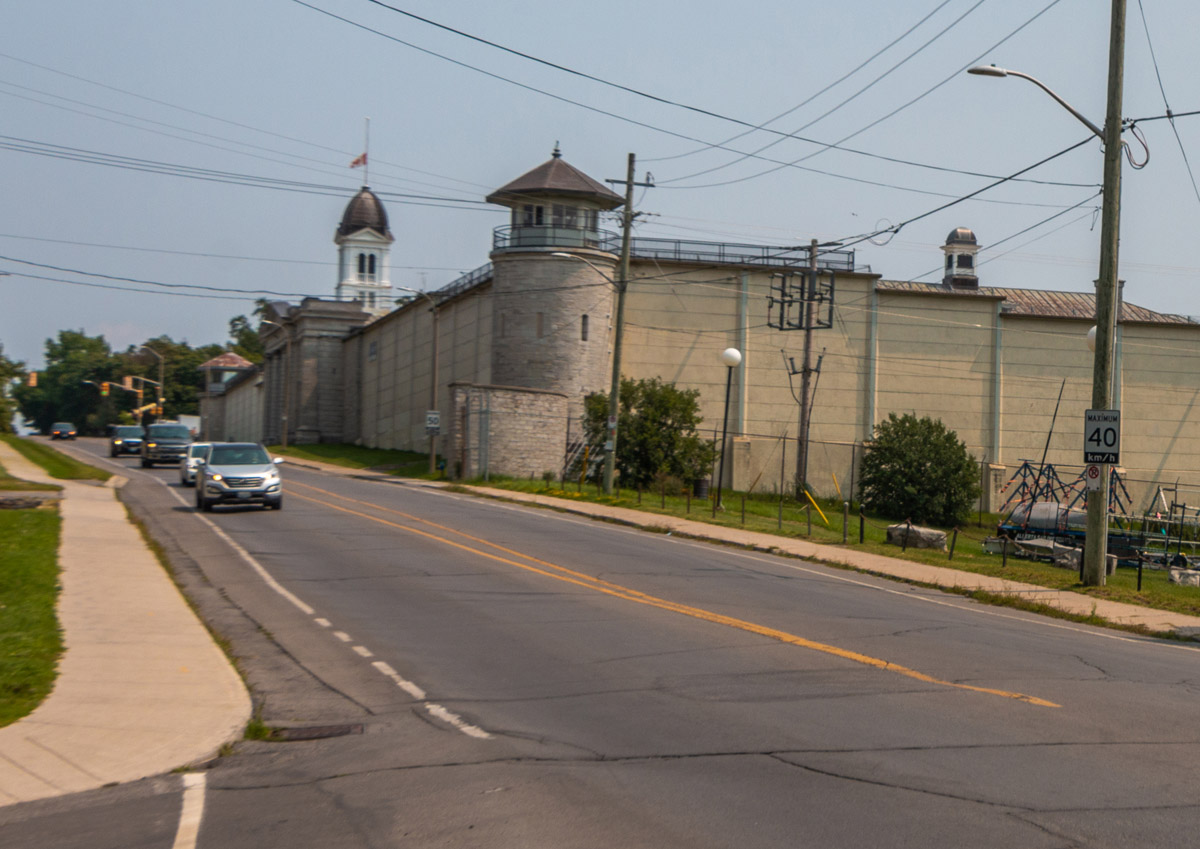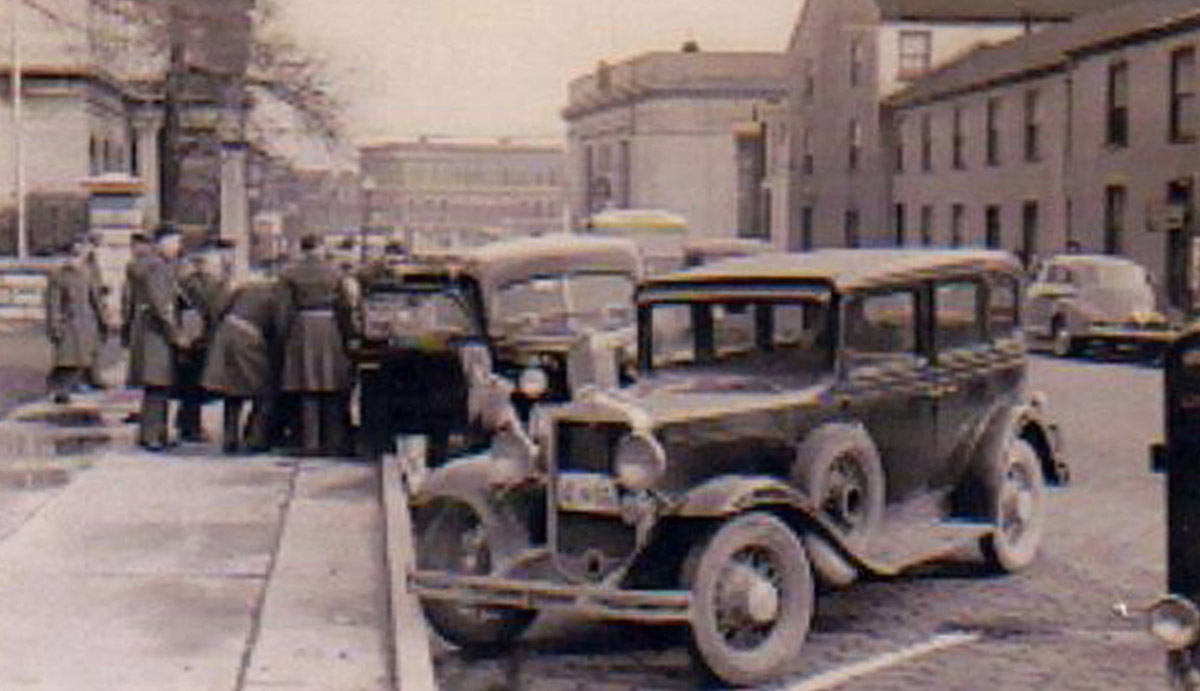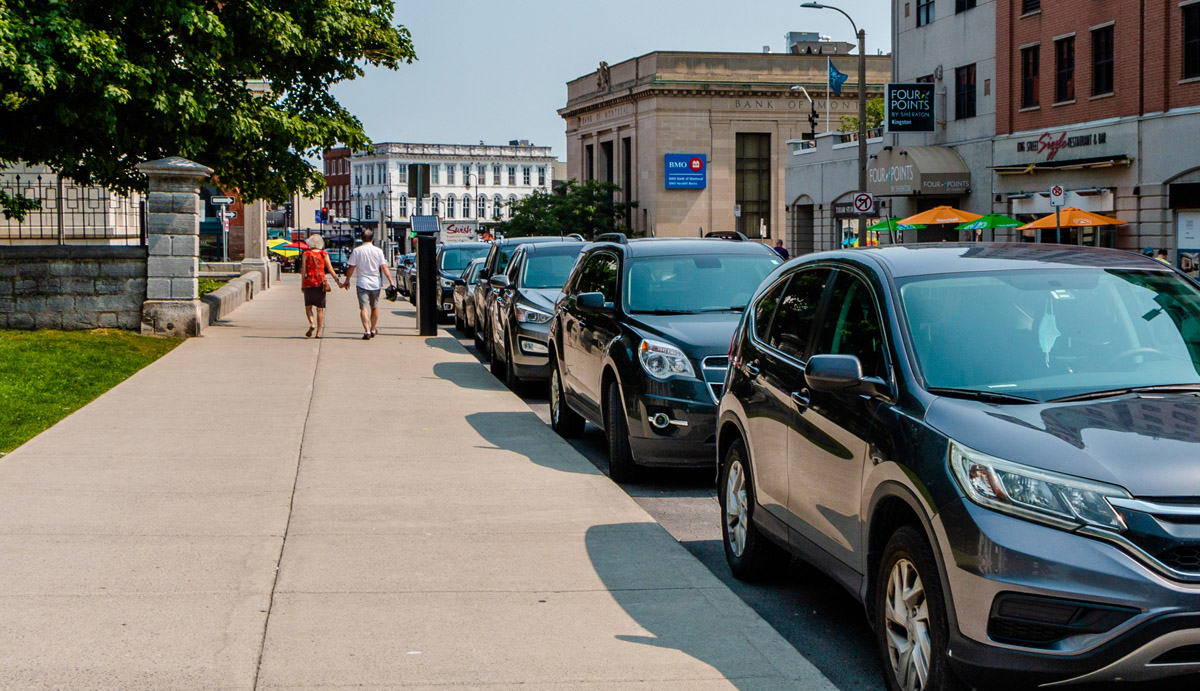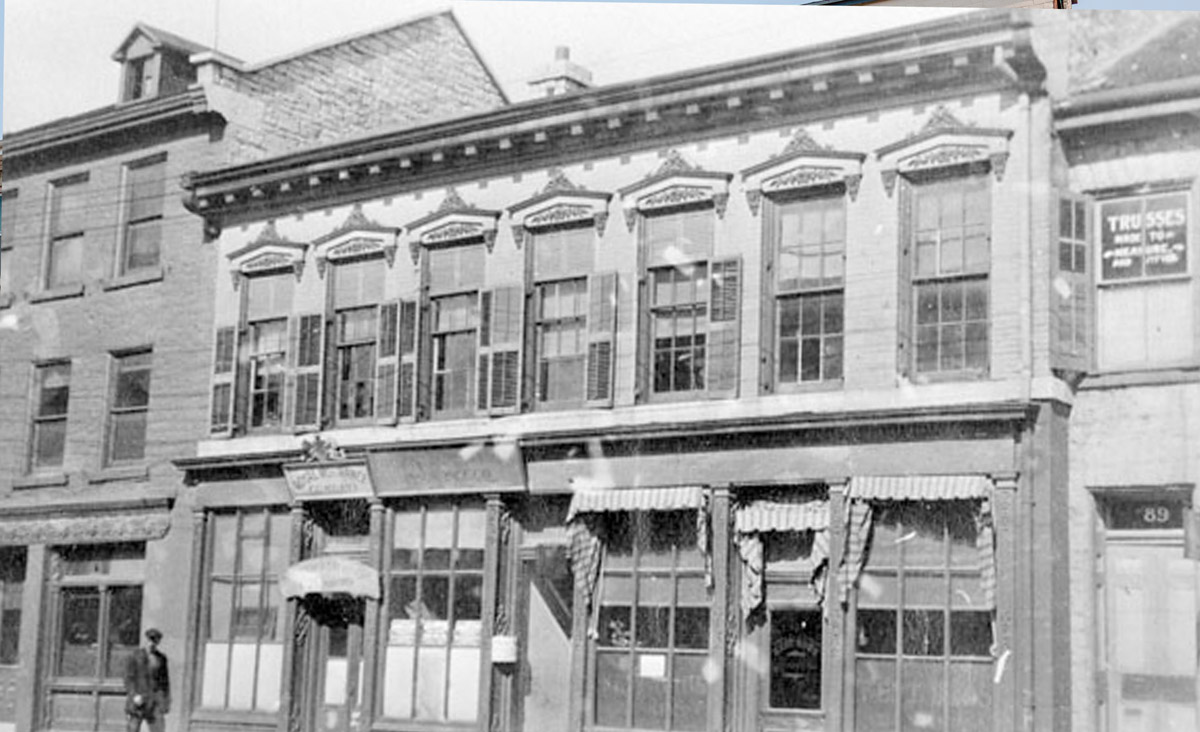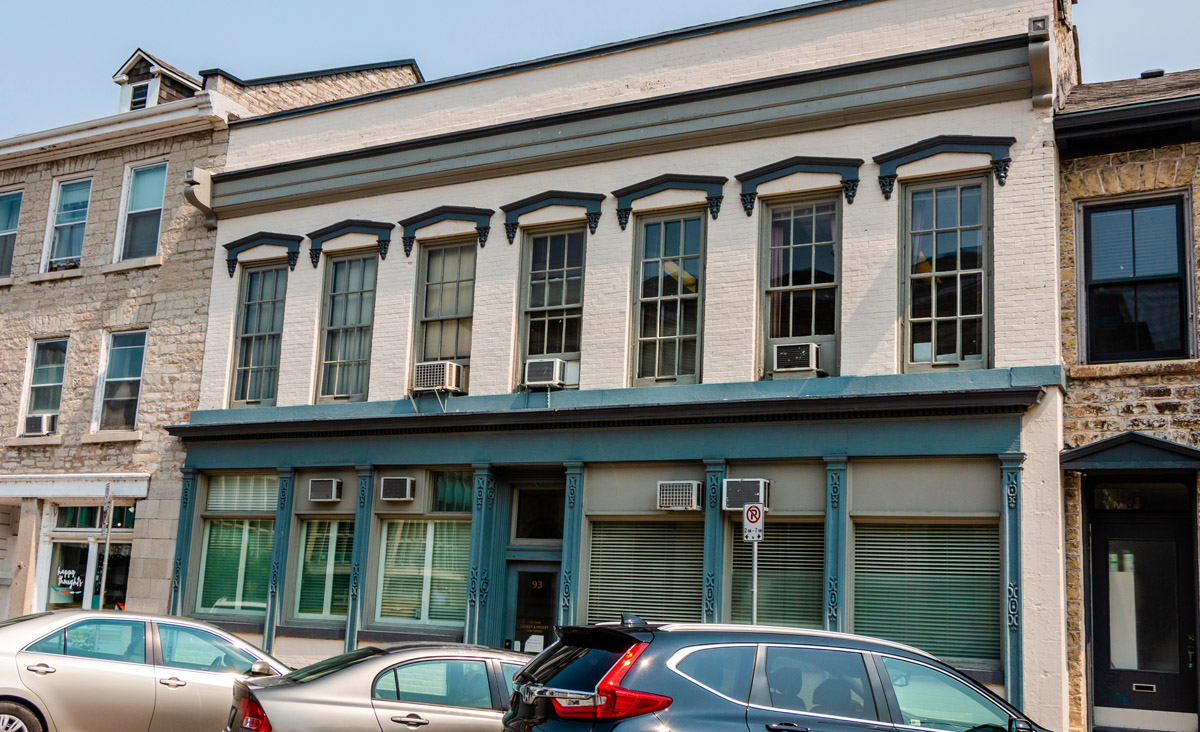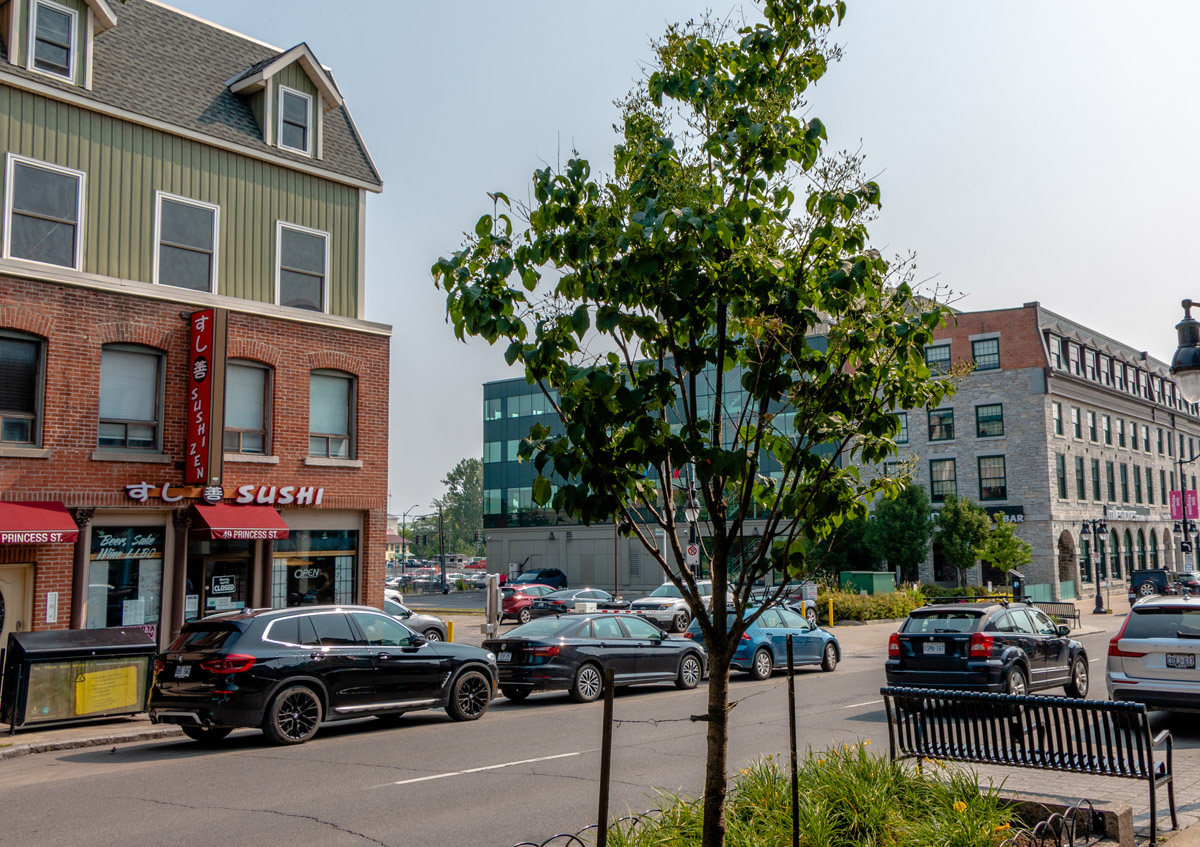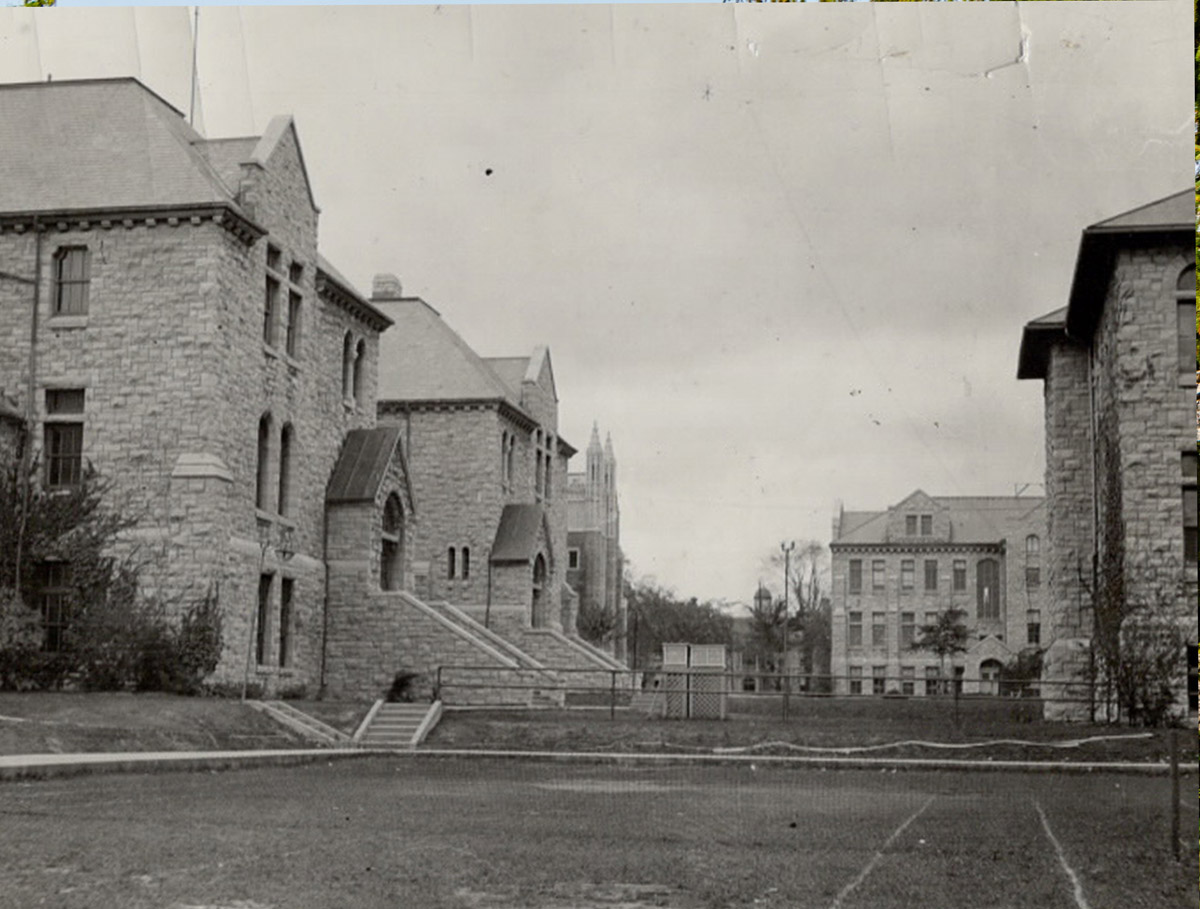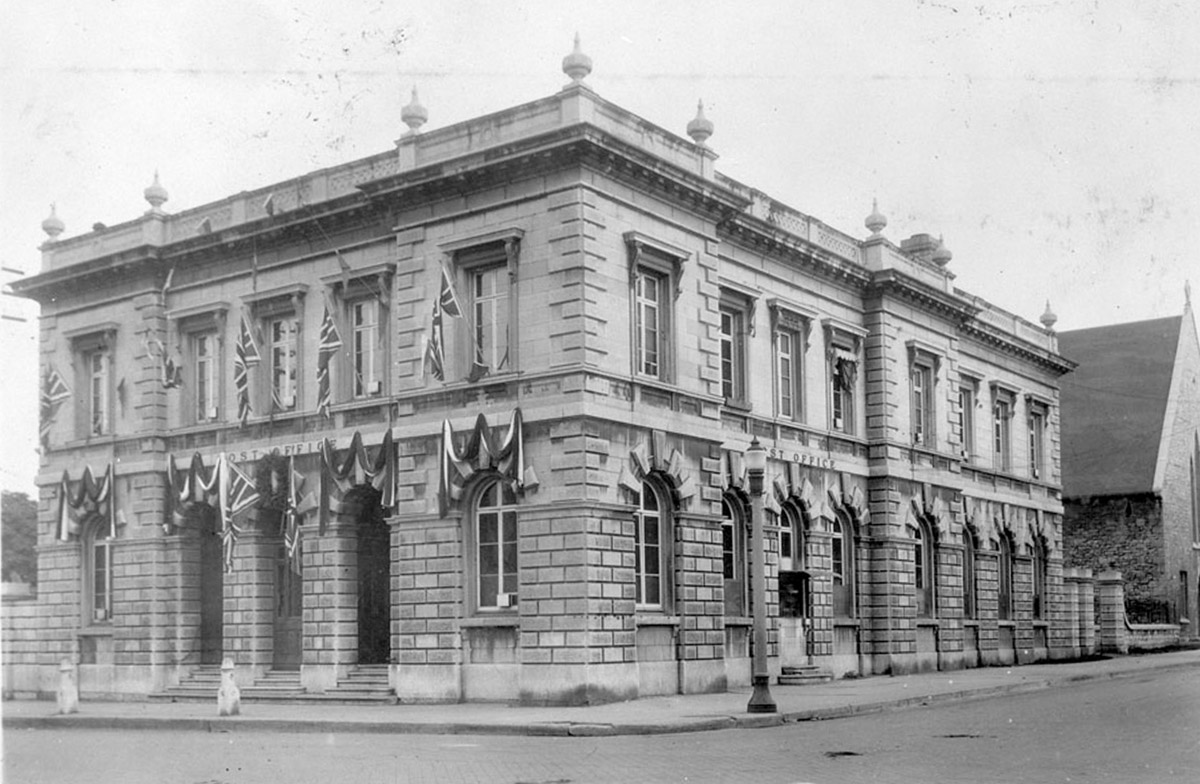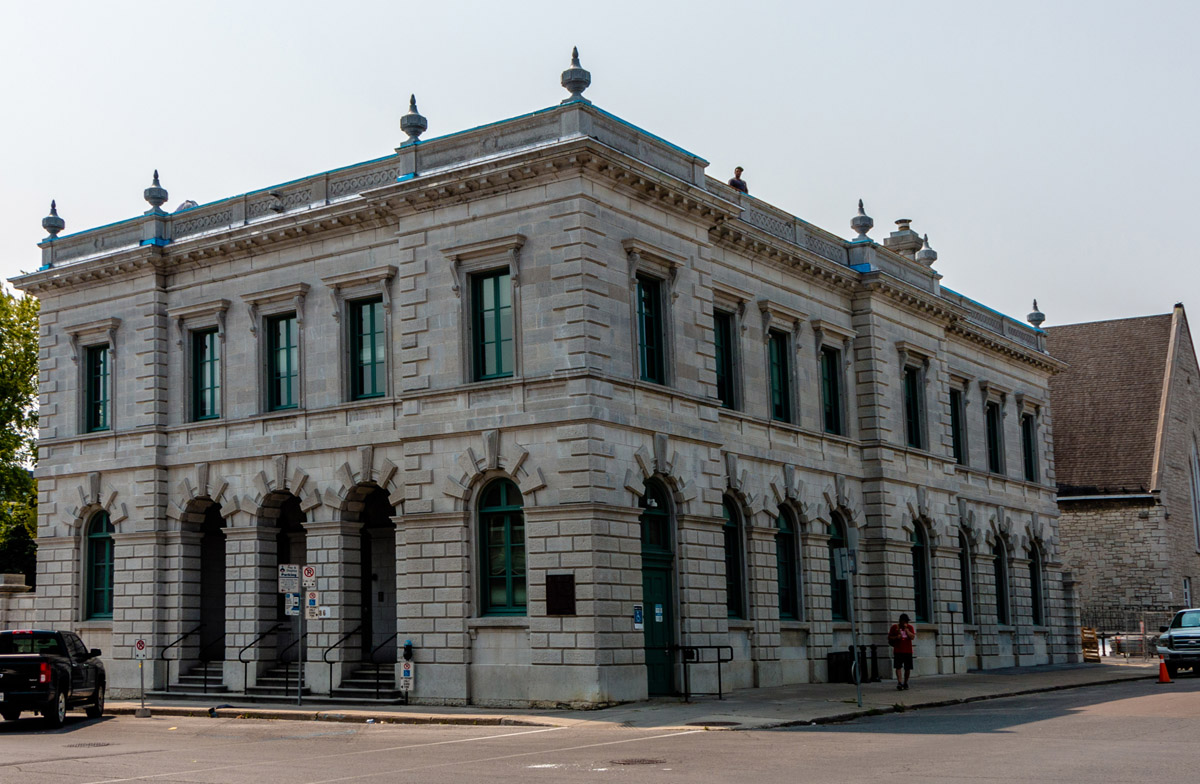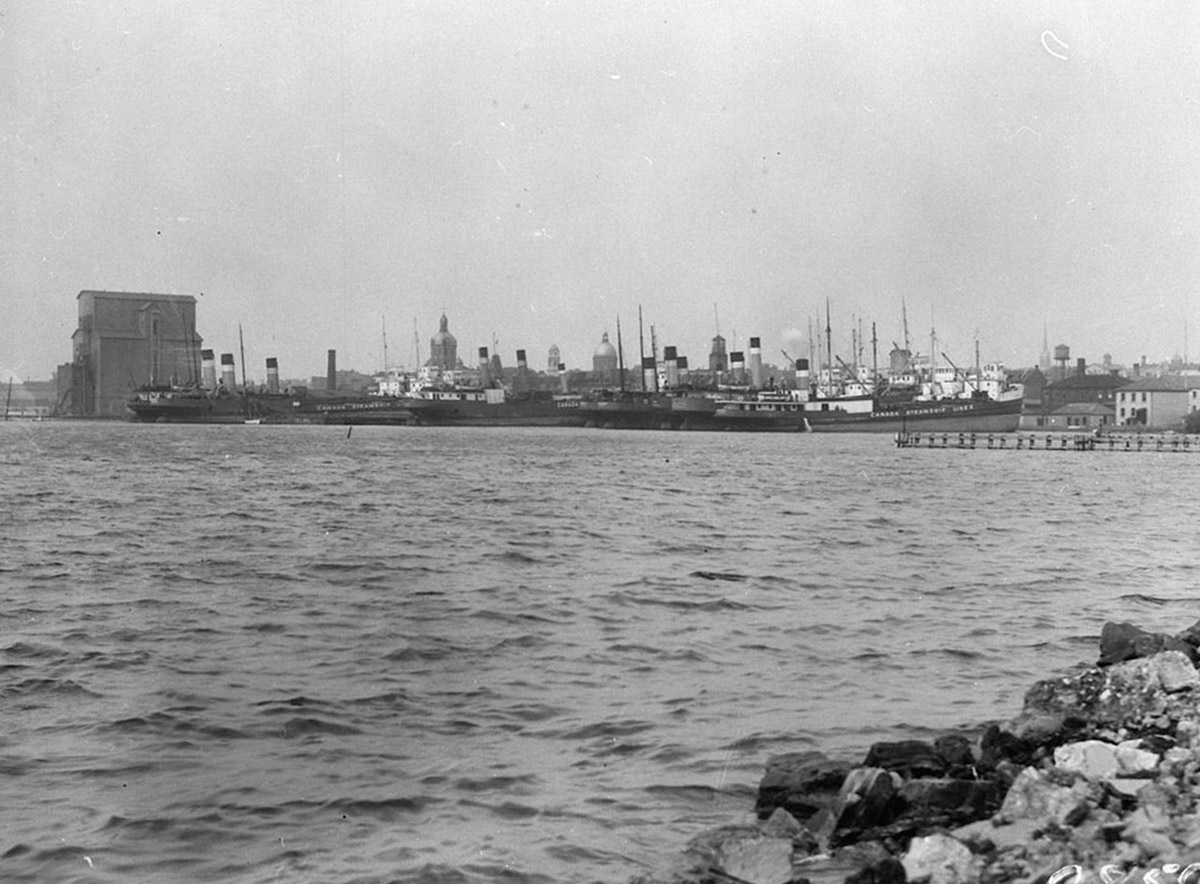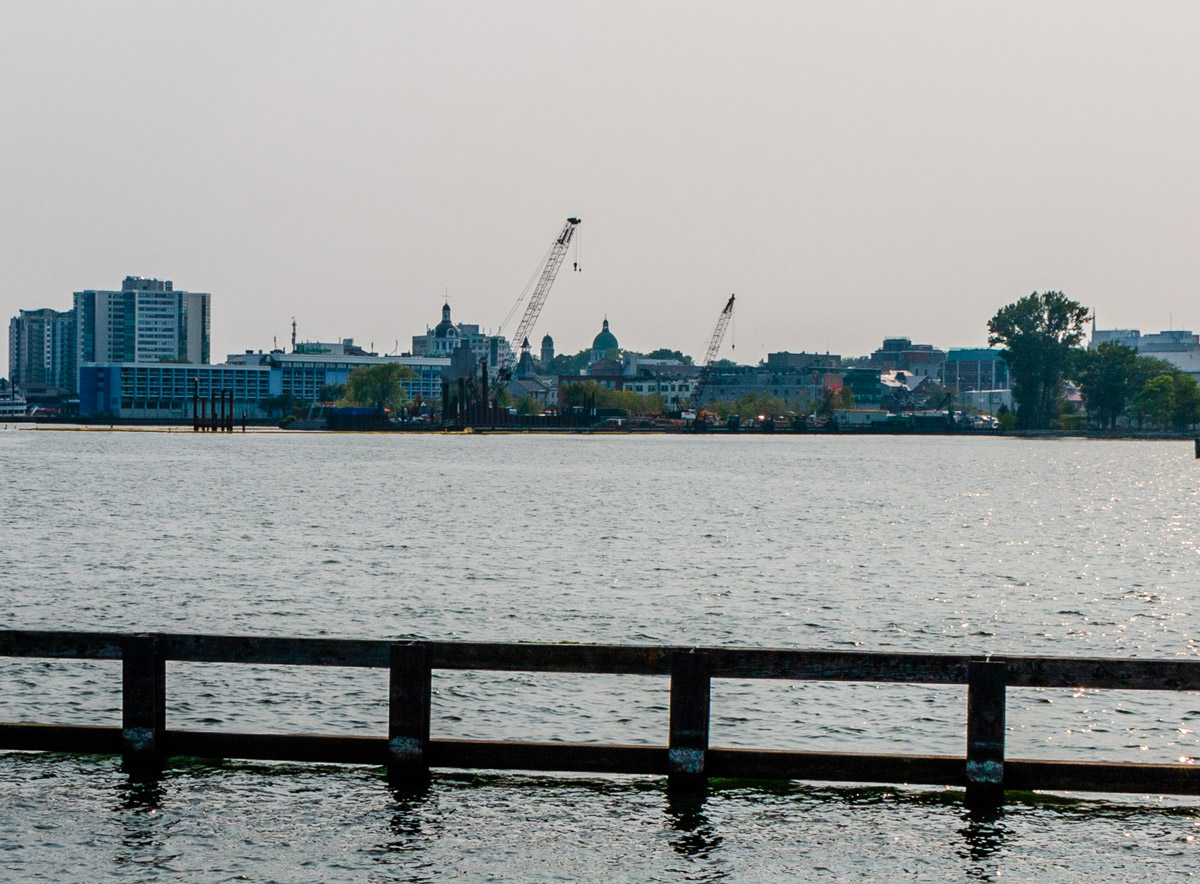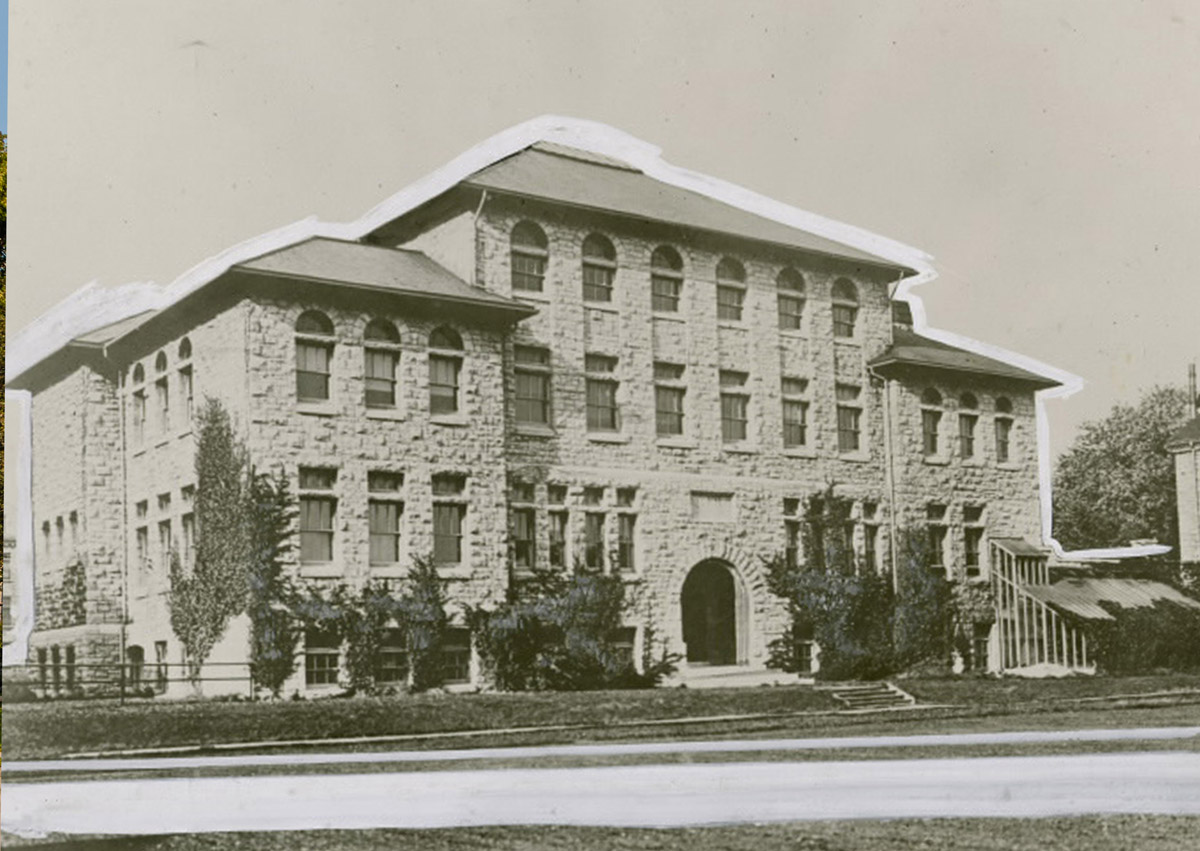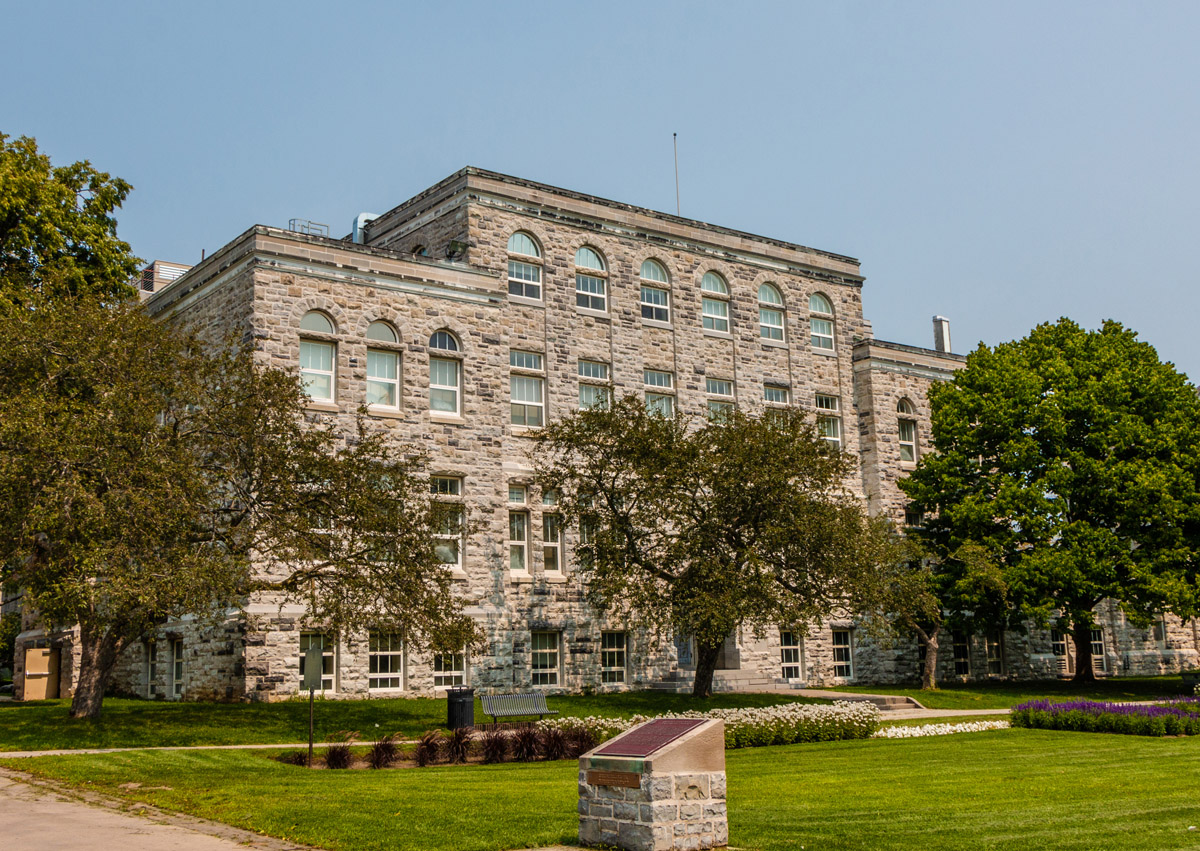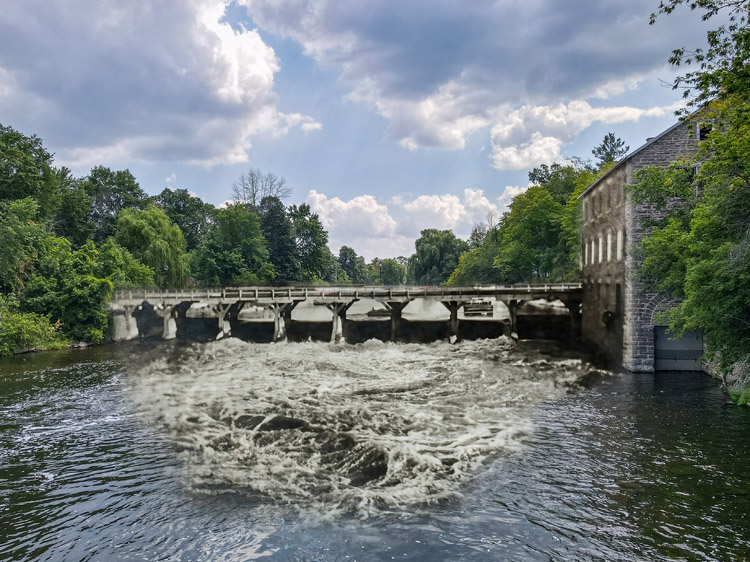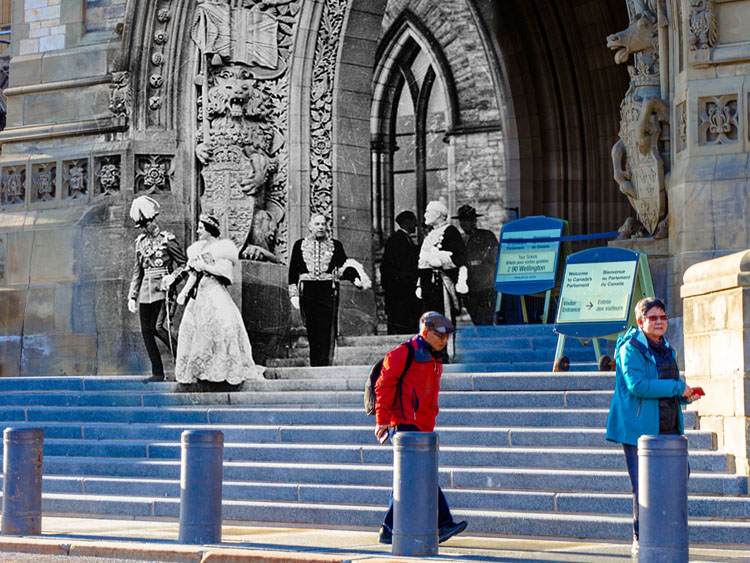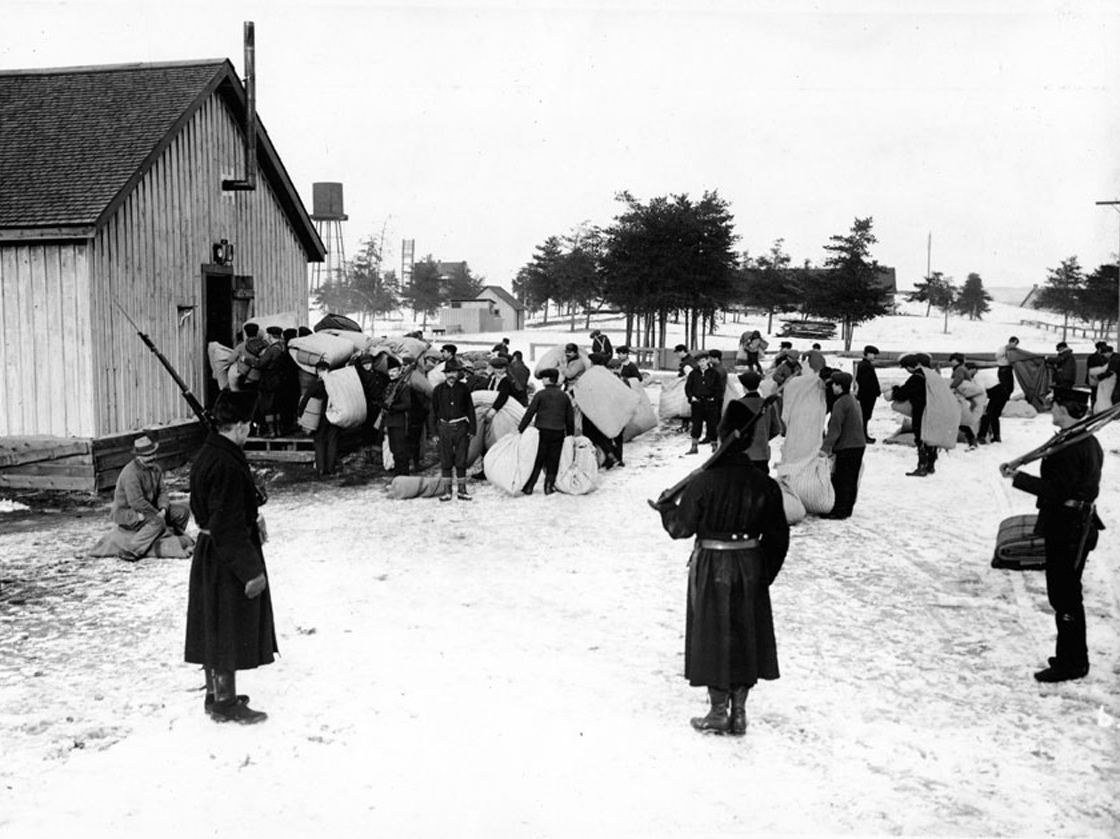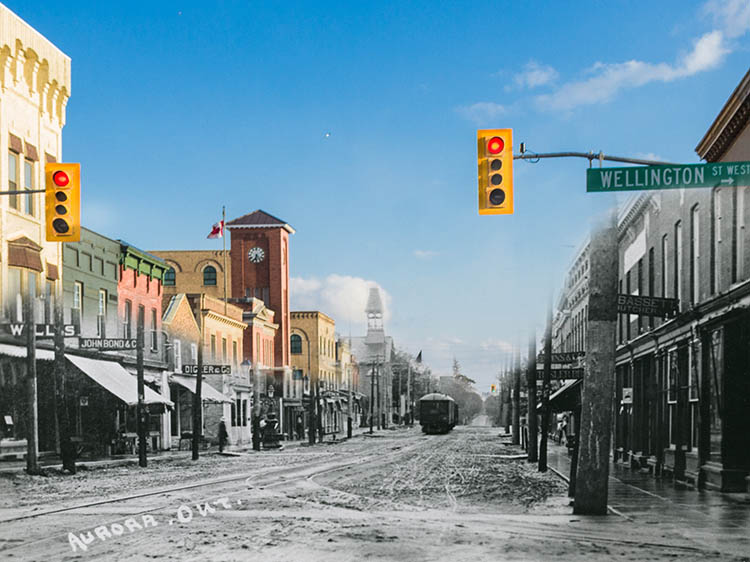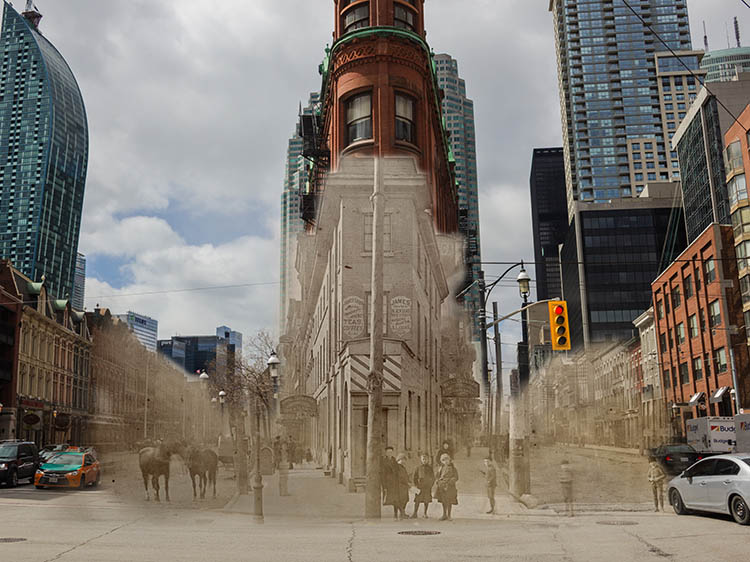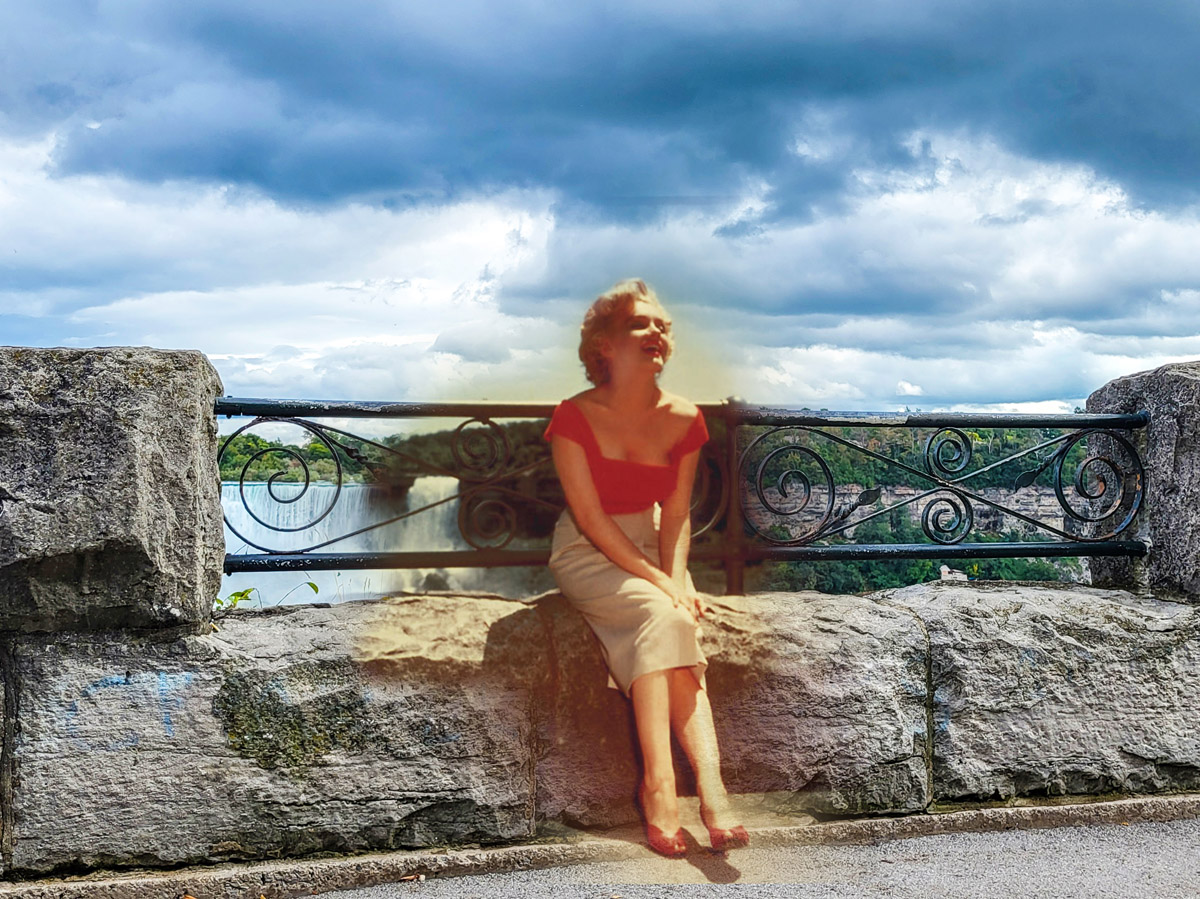Kingston is located at the eastern end of Lake Ontario, at the mouth of the Saint Lawrence River. This is an immensely strategic location. Indigenous peoples have lived in and passed through this area for many thousands of years. French fur traders established a trading post here in 1673, calling it Cataraqui, and later Fort Frontenac. Following the British conquest of New France in the mid-1700s, they took control of the fort and quickly laid out a townsite named Kingston that was settled by Loyalists in the 1780s. As the gateway to the Great Lakes, Kingston immediately assumed military importance to the British, who established Fort Henry overlooking the townsite, and later on built a series of martello towers to defend the city from any potential American naval assault. It also grew in political and economic importance, becoming one of the main population centres of Upper Canada (that is, modern Ontario) prior to Canadian Confederation. In 1841 it was named the capital of the colony of the United Province of Canada, though this was brief. In the early to mid-1800s, a population boom combined with access to high quality local limestone resulted in the construction of many fine heritage buildings that still stand to this day. As a result, Kingston is nicknamed the Limestone City. During the First World War Fort Henry was used as a camp for the internment of so-called 'enemy aliens'. This fascinating yet dark chapter in Canadian history will be covered in a tour that we are launching in the spring of 2023, and will include some of the best photography we've done to date! Stay tuned!
This project has been made possible by a grant from the Endowment Council of the Canadian First World War Internment Recognition Fund.
We acknowledge that the land on which Kingston is located is the traditional territory of the Haudenosaunee and Anishinaabe peoples, many of whom continue to live and work here today. This territory is covered by the Upper Canada Treaties and is within the land protected by the Dish With One Spoon Wampum agreement. Today this gathering place is home to many First Nations, Métis, and Inuit peoples.
Donate Now
If you enjoyed this free content, we ask you to consider making a donation to the Canada-Ukraine Foundation, which is providing urgently needed humanitarian aid to Ukraine.
The Ukrainian people are heroically defending their homeland against a genocidal war of Russian aggression. The humanitarian situation is critical and the needs immense. 100% of all donations made through this link go directly to supporting the people of Ukraine. Recently funded initiatives by the Canada-Ukraine Foundation include demining and removal of unexploded ordnance, and the evacuation of thousands of deaf people from the warzone.
Tours
Explore
Kingston
Then and Now Photos
View of the Citadel
Library & Archives Canada 2897257
1841
A fascinating painting by William Henry Bartlett showing (a rather exaggerated) view of Fort Henry across the Cataraqui River. You can see at left a relatively early steamship at its moorings.
19th Century Skyline
1848
A quiet scene painted in the mid-19th Century, showing the bridge into Kingston and the growing town behind it from the perspective of the Royal Military College's Drill Ground.
Playing in the Snow
Library and Archives Canada 3623912
1875
A group of young boys take a break from throwing snowballs at each other to pose for a photograph in front of the CIty Hall.
Penny Bridge
1890
The Penny Bridge, a wooden swing bridge across the Cataraqui River, built in 1829. It wasn't replaced until 1917.
Murney Tower
ca. 1890s
The Murney Tower in Macdonald Park is today a community museum operated by the Kingston Historical Society.
Mourning the Queen
1901
The City Hall has been covered with black bunting in mourning for the passing of Queen Victoria.
Cataraqui Tollhouse
ca. 1900s
The bridge tollhouse for crossing the Cataraqui River Bridge.
Navy Bay
Library and Archives Canada 3317310
ca. 1900s
A view of Navy Bay in the foreground. Behind it is the peninsula upon which the Royal Military College sits. Beyond that you can see the skyline of Kingston.
Court House Fountain
1910
A view of the side of the Frontenac County Court House showing the large fountain in front that was added in 1903.
Hotel Dieu Hospital
1910
The Hotel Dieu Hospital was founded in the 1840s to care for the poor Irish Catholics settling in Kingston. It came to its present location at Sydenham Street in 1892, where it continues to operate, conducting important medical research in affiliation with Queen's University.
New Arts Building
1910
A postcard showing Queen's University's then New Arts Building.
Postcard of City Hall
1910
A postcard showing Kingston's impressive neoclassical style City Hall. It was originally built in 1844 and originally served as a jail, market, seat of local government, post office, police station, customs house, and more.
Princess Street
1910
A postcard view of a busy day on Princess Street, showing a number of pedestrians, horsedrawn buggies, and a streetcar that appears packed with passengers.
University Quad
1910
Looking across the Quad (now sports fields) towards some of Queen's historic lecture halls.
Martello Towers
Library and Archives Canada 3317420
1915
Two martello towers guarding the entrance to Kingston's harbour can be seen here.
Guarding Internees
Library and Archives Canada 3550131
ca. 1915-1918
A guard at the gate to Fort Henry during the First World War. During that time it was being used as an internment camp for so-called 'enemy aliens.'
Sledge on Princess
Library and Archives Canada 3317348
ca. 1916
A horsedrawn sledge crosses Princess Street during a busy shopping day. While there are no cars visible on the roads, the sidewalks are packed with pedestrians.
Soldiers on Parade
Library and Archives Canada 3362108
ca. 1916
Soldiers gather in front of the Court House during the winter of 1916, presumably for drilling.
Driving Past Jail
ca. 1920s
A car drives down King Street past Kingston Penitentiary.
Funeral Gathering
ca. 1920s
Pallbearers unload a coffin from a hearse for a funeral.
John A. Macdonald's Office
Library and Archives Canada 3317358
ca. 1920s
The law offices of Sir John A. Macdonald. Macdonald was born in Kingston and trained as a lawyer, and it was here he would practice law from the 1830s until 1874, when he would move to Toronto.
Shell Station
ca. 1920s
A big sign showing an early Shell Station on Princess Street.
Kingston's Post Office
Library and Archives Canada 3317417
1927
The old post office was built in the 1850s.
Harbourfront
Library and Archives Canada 3317331
1929
Kingston's harbourfront showing many steamships and fishing boats at their moorings.
Fleming Hall
1933
The Fleming Hall at Queen's University. An electrical fire completely gutted the building, but it was rebuilt. As you can see the roof was destroyed and left out of the rebuild.

